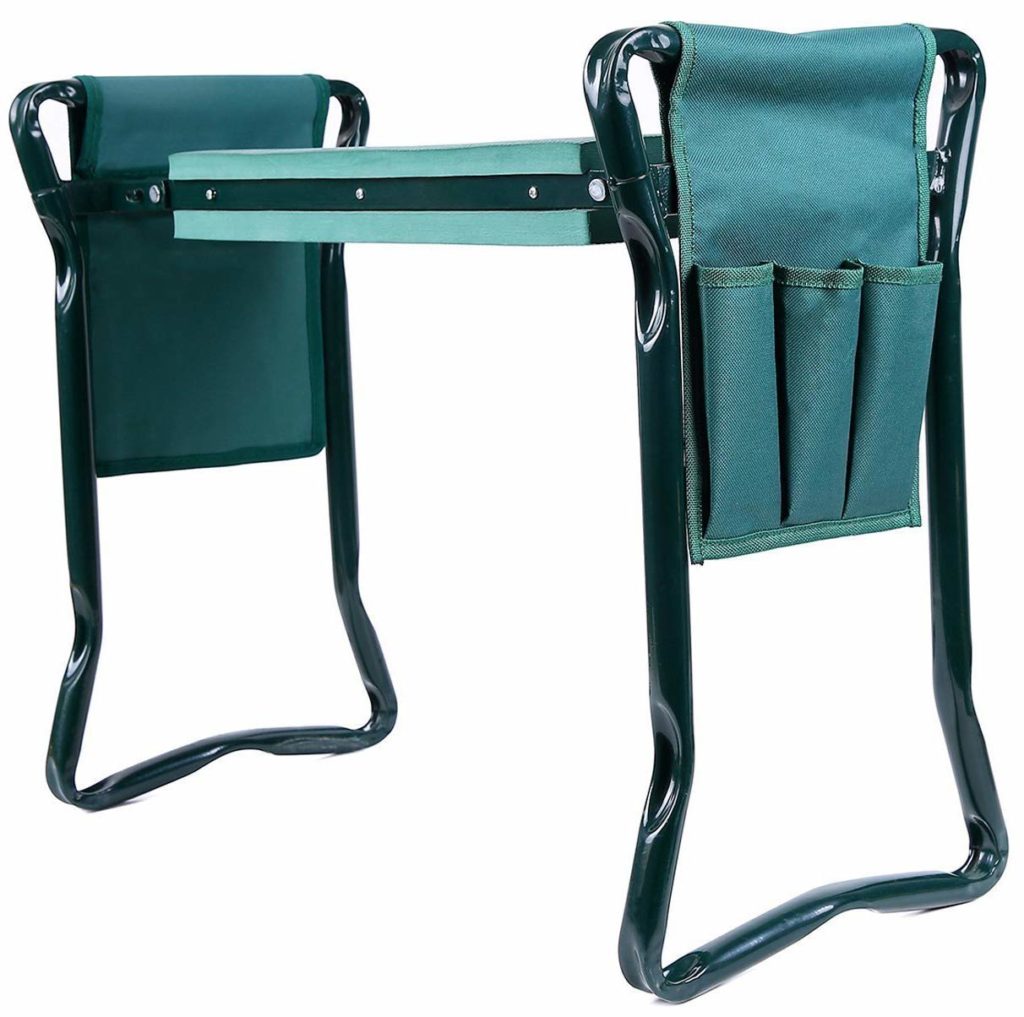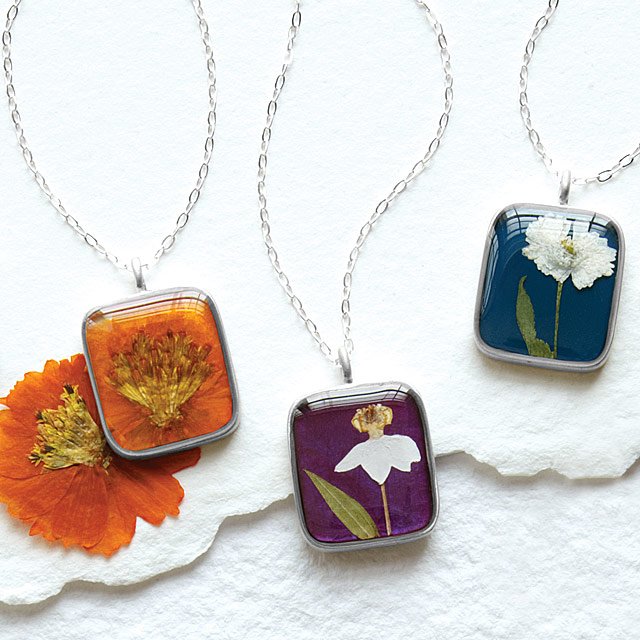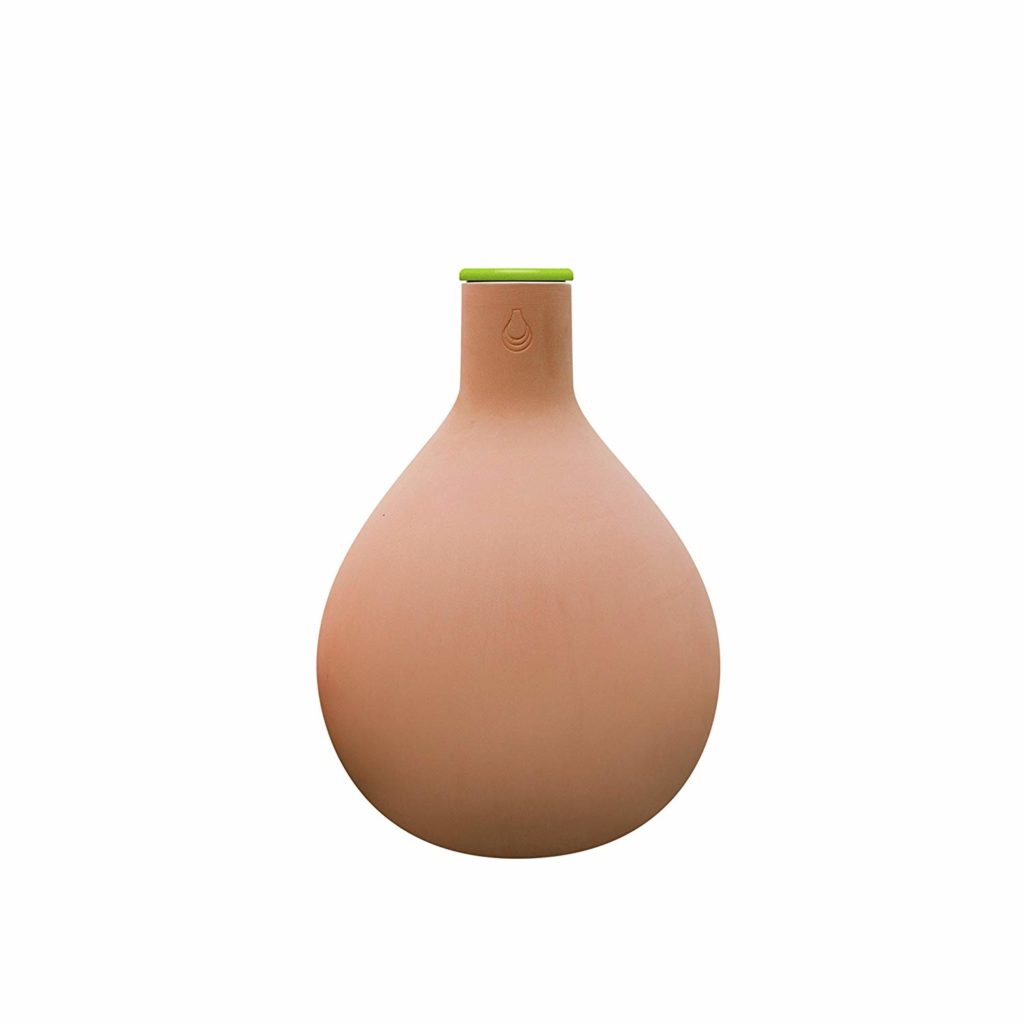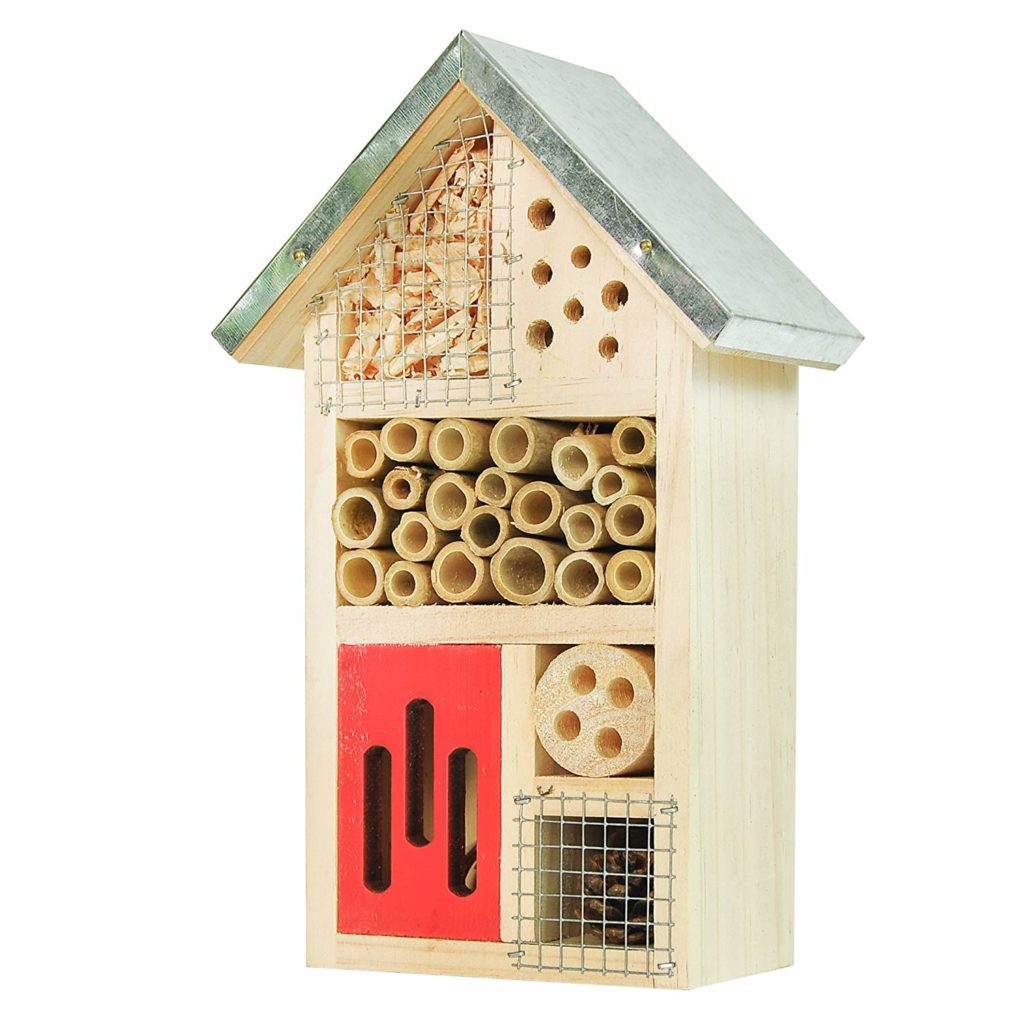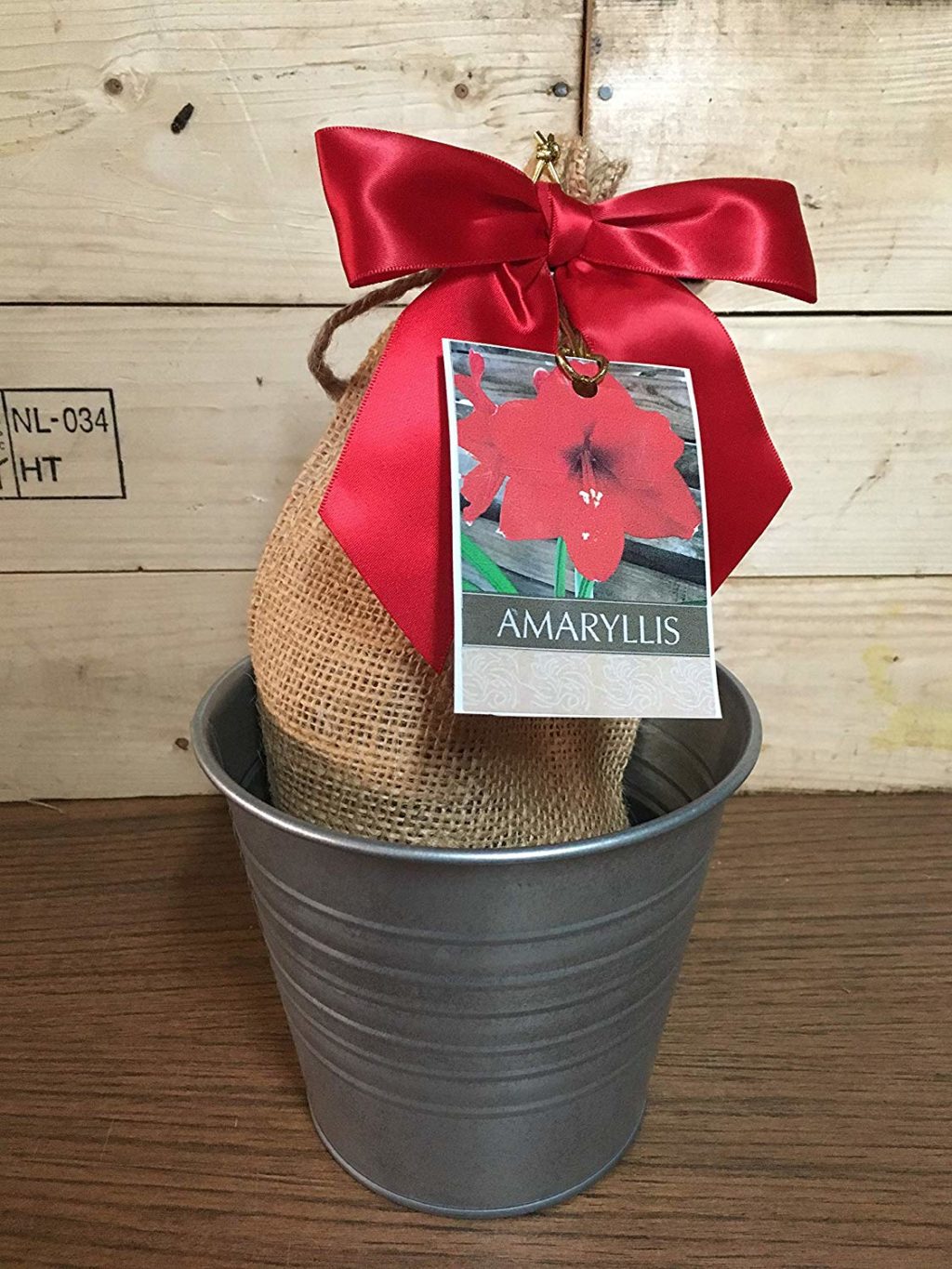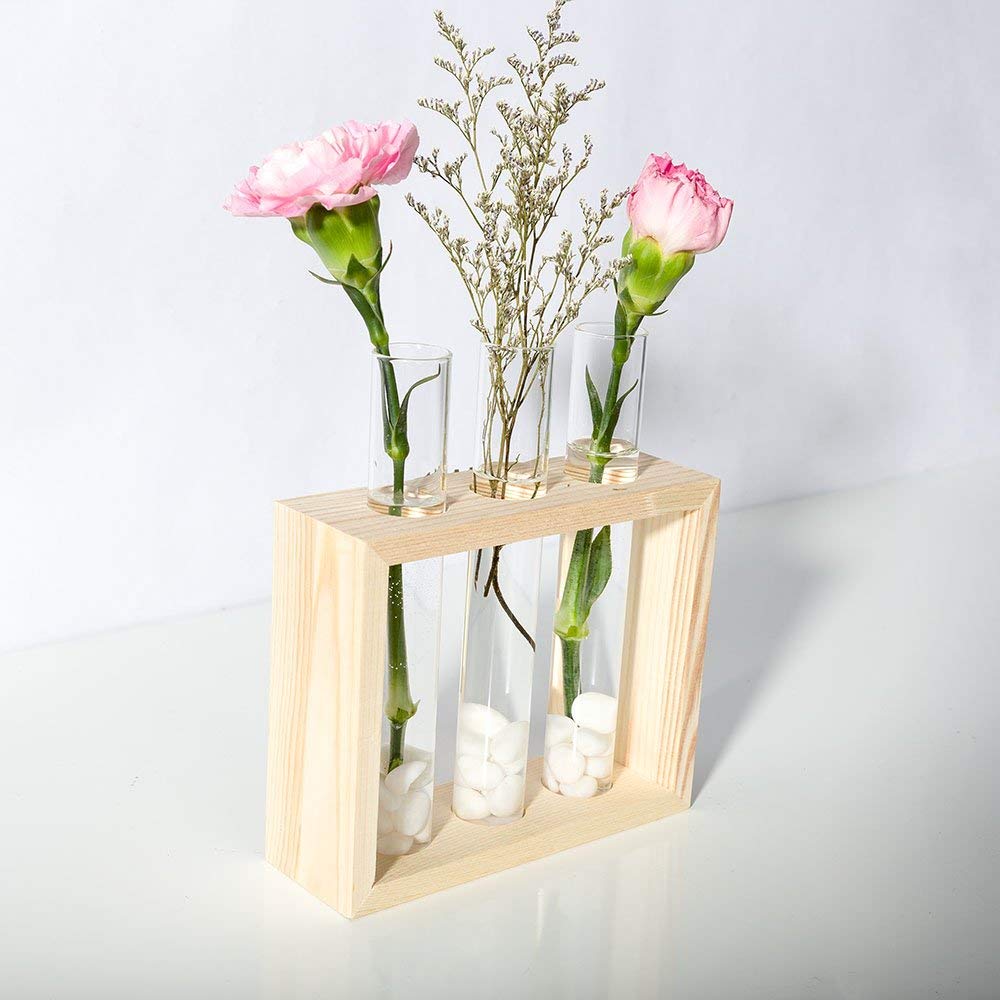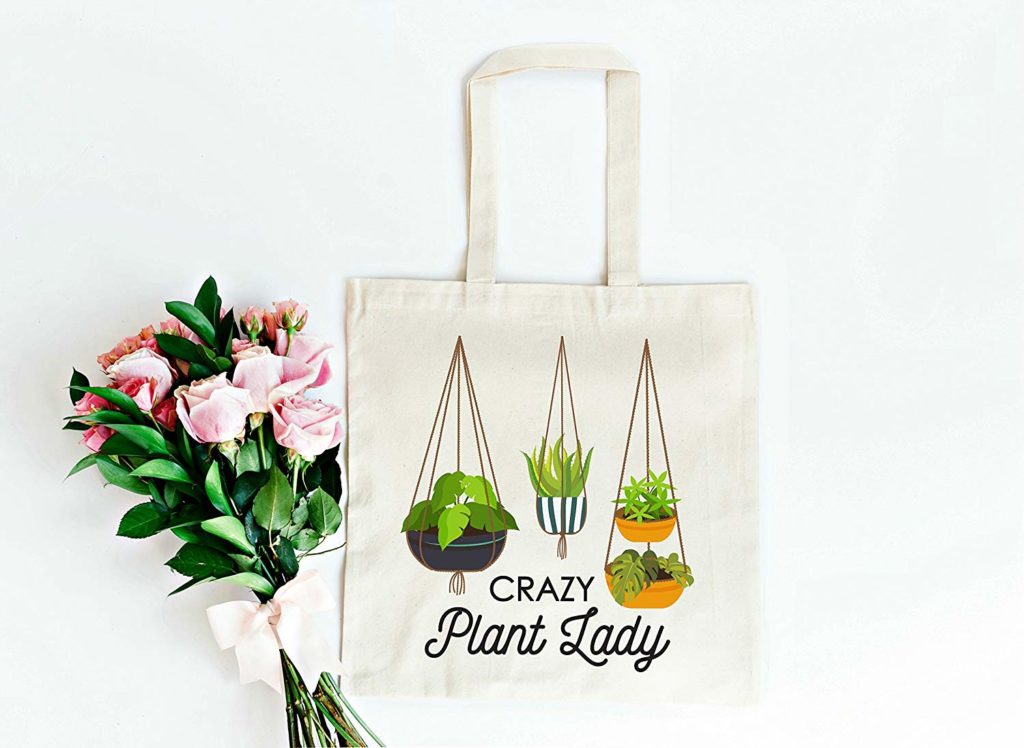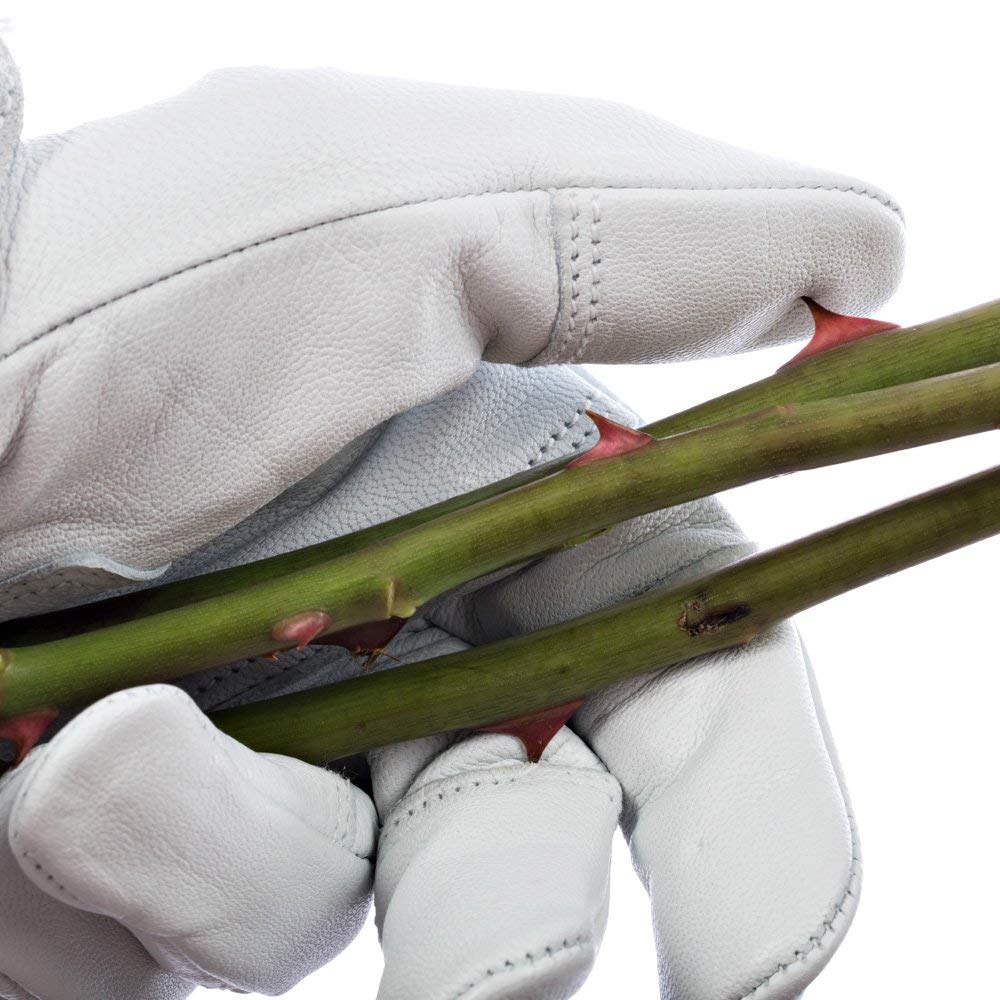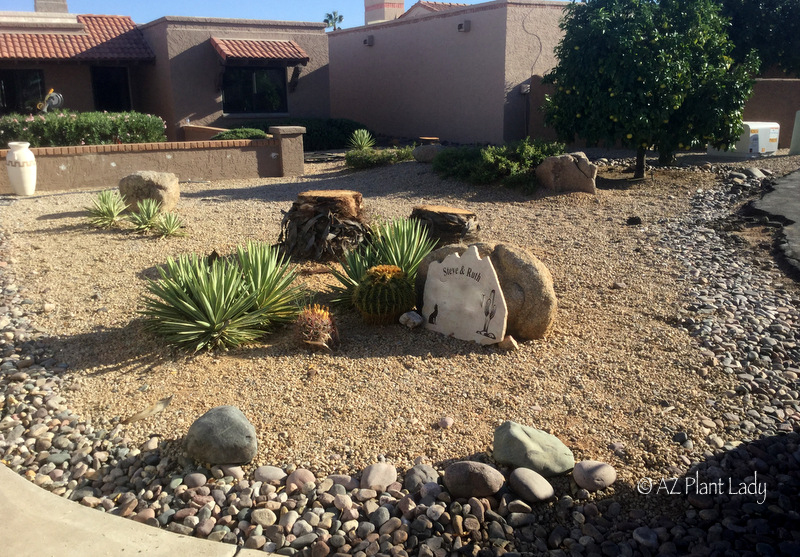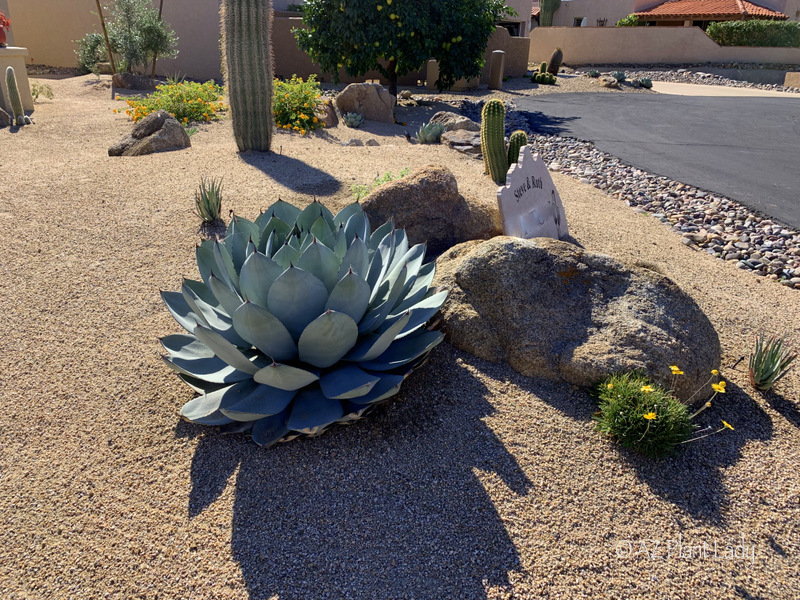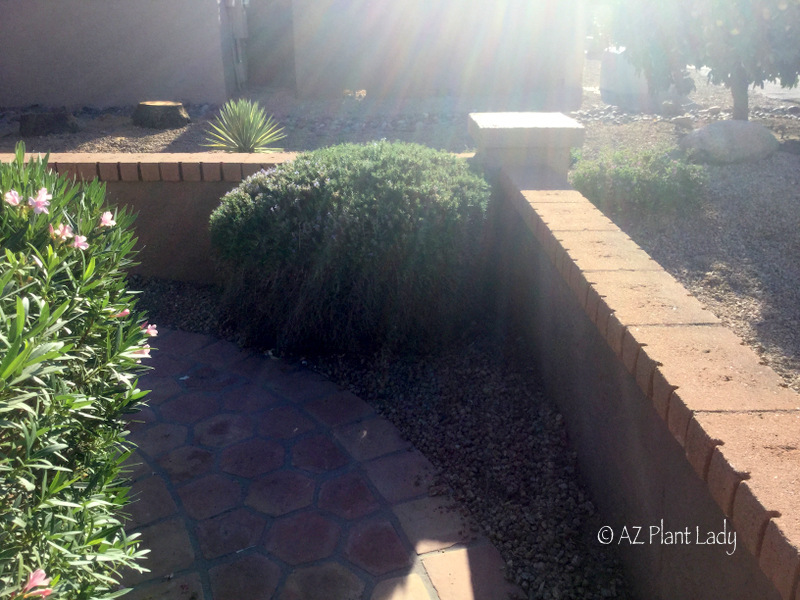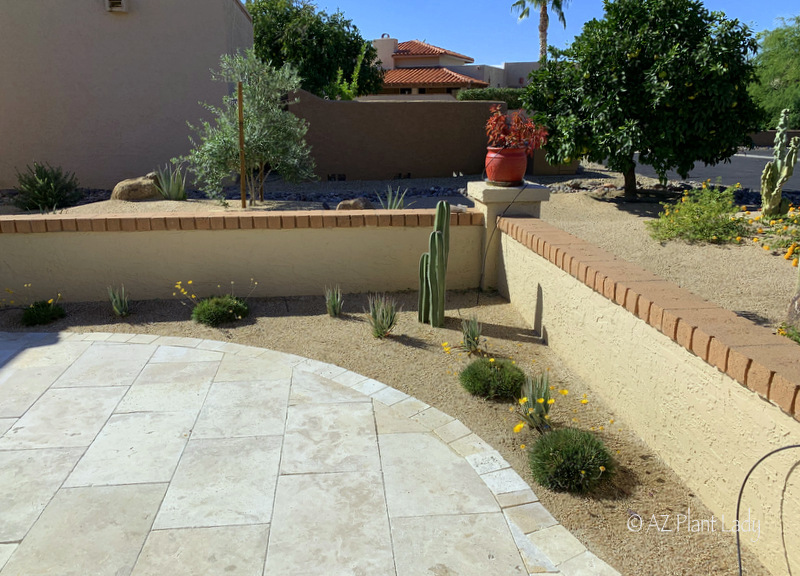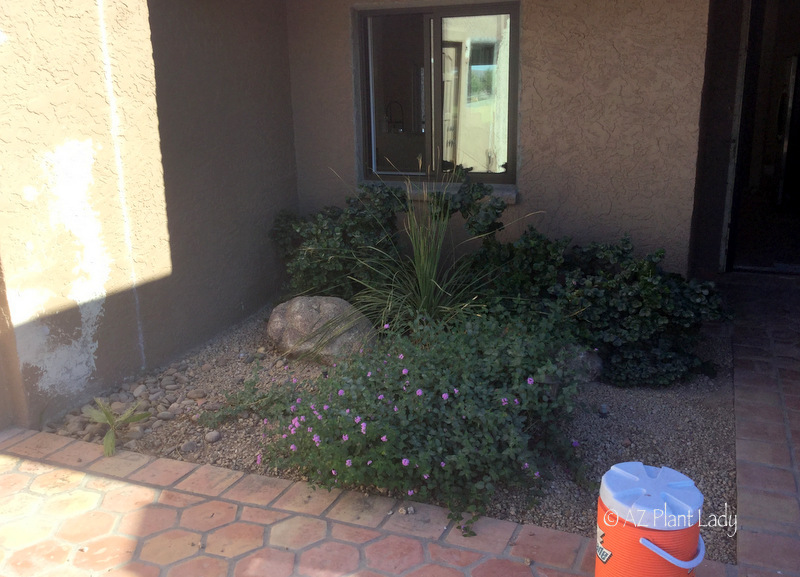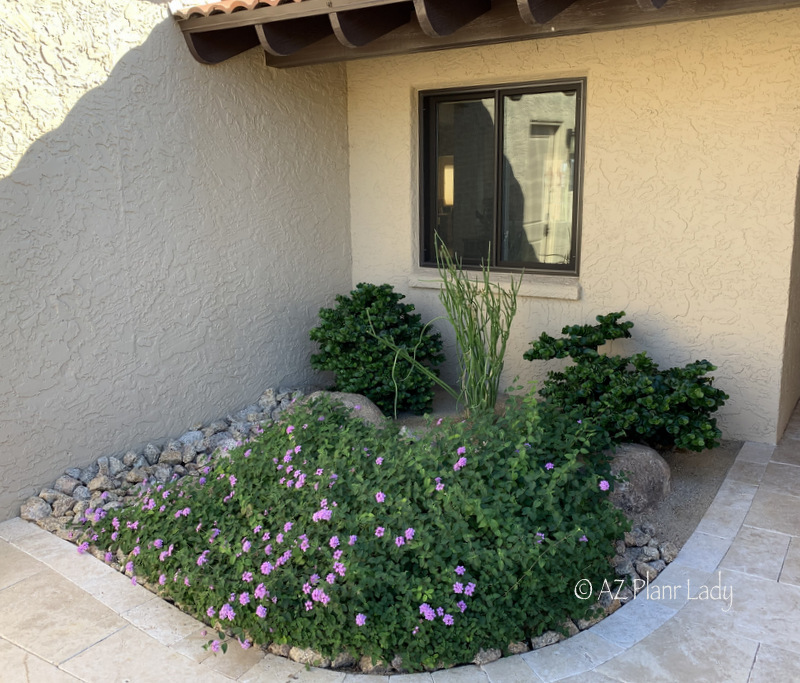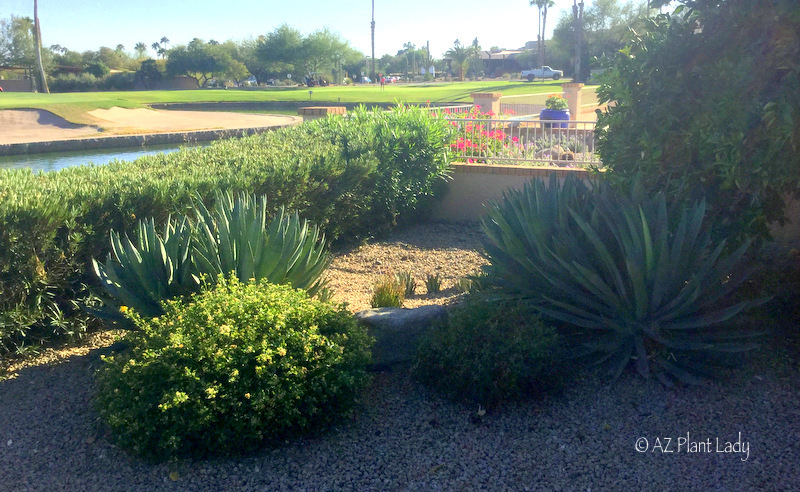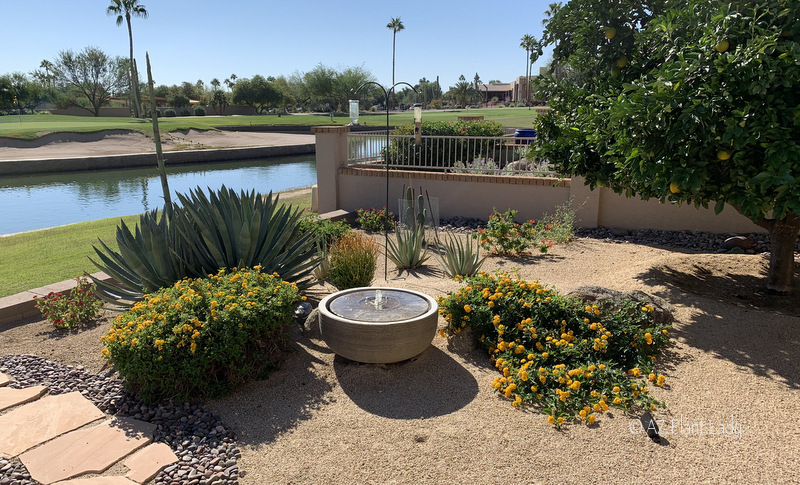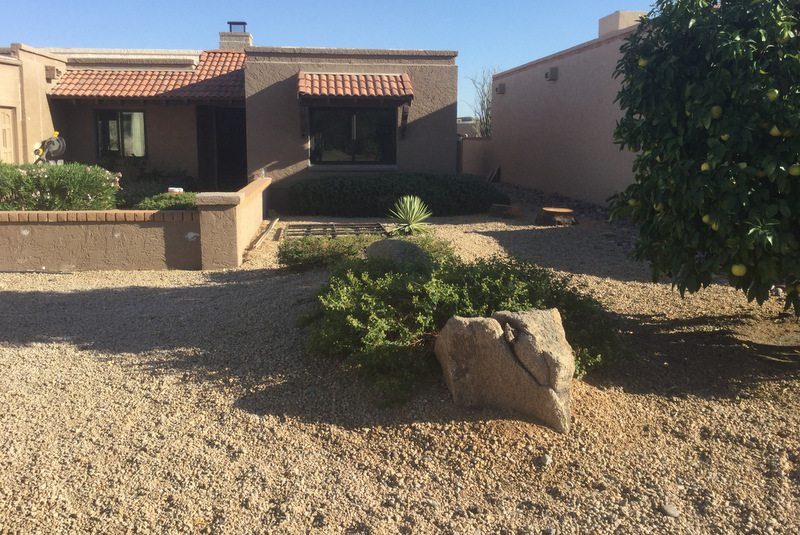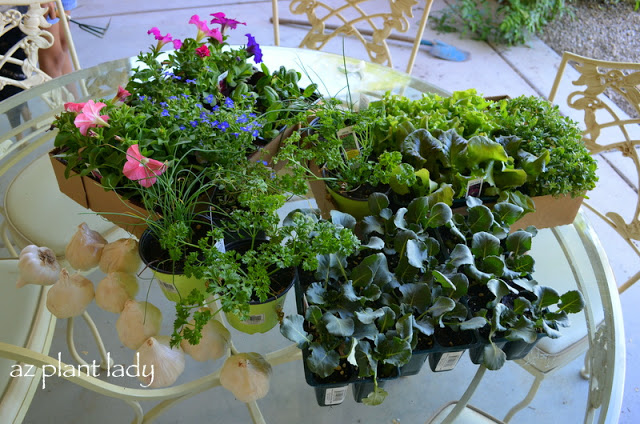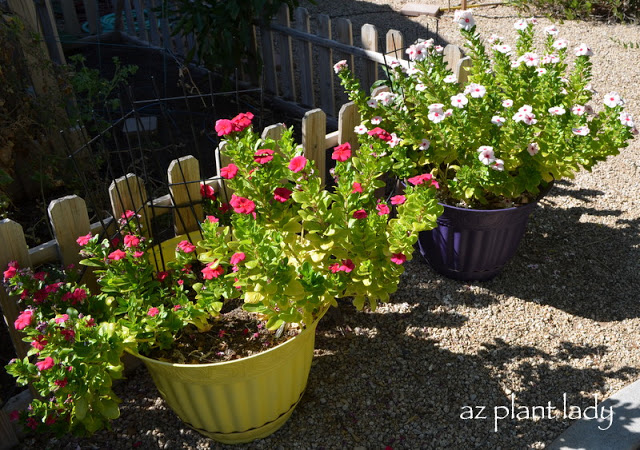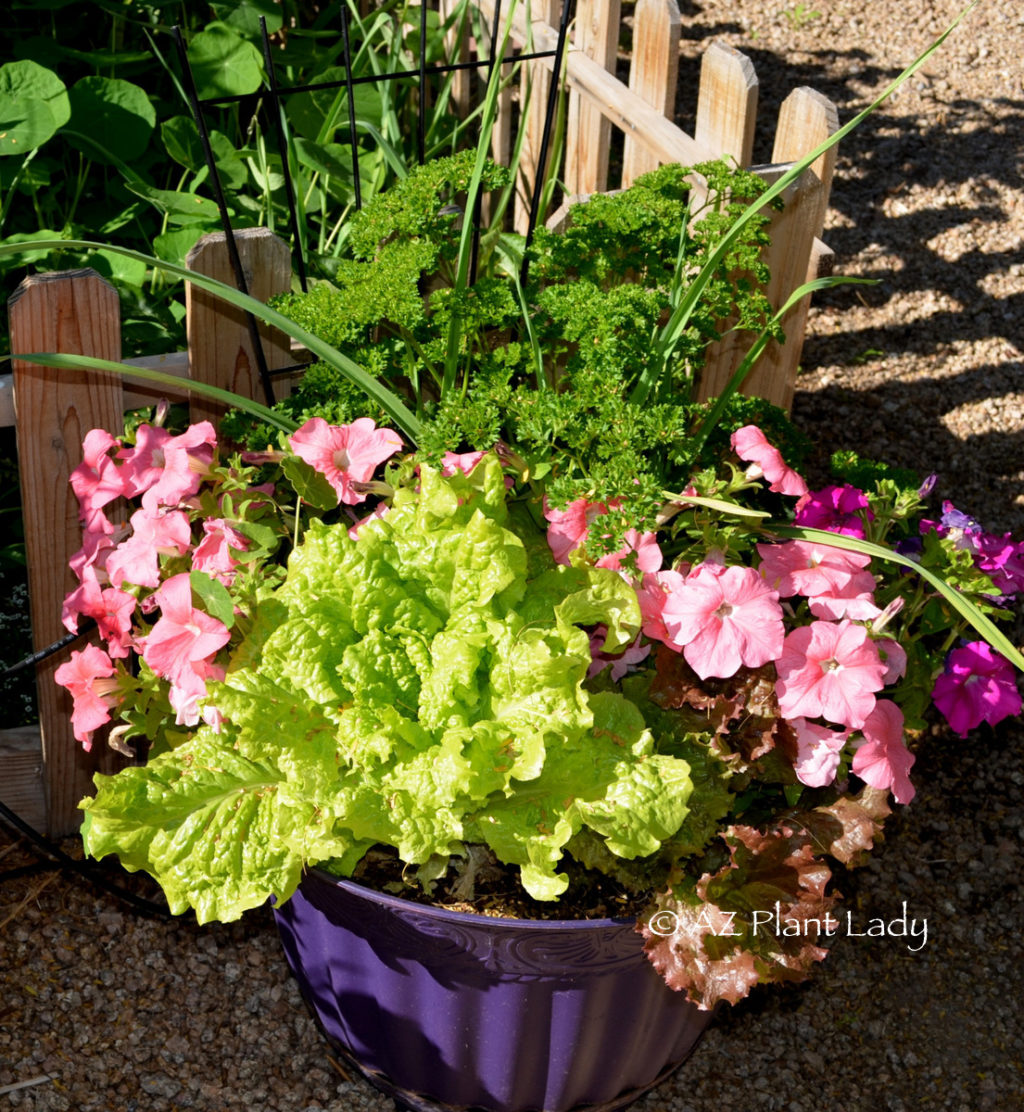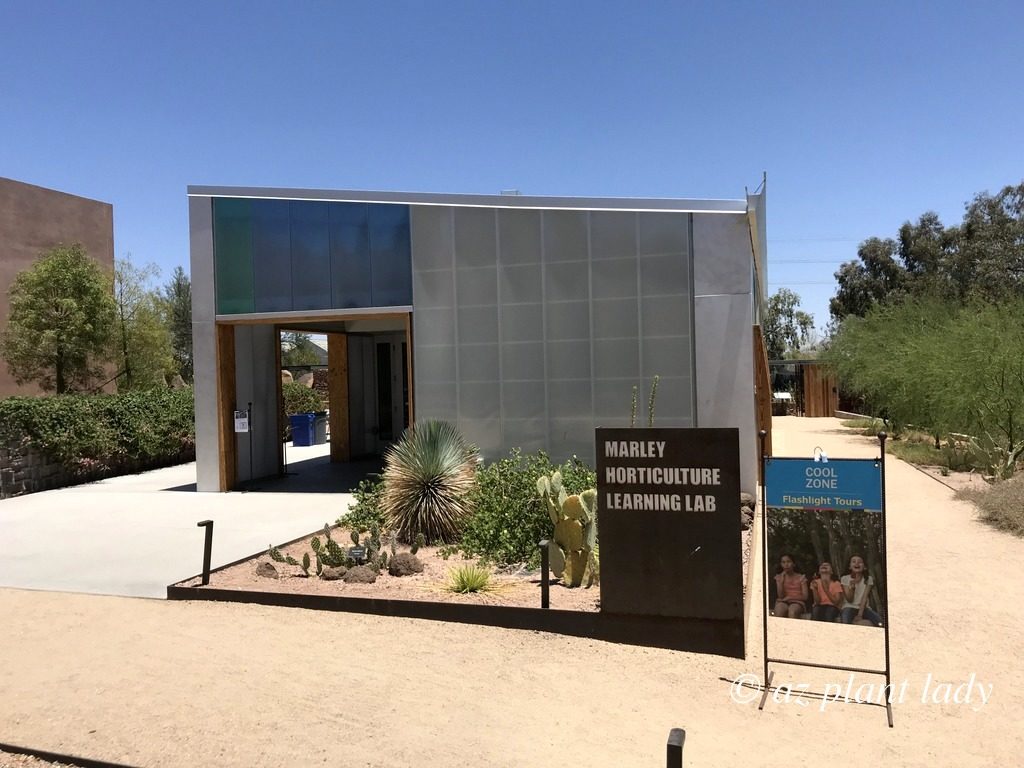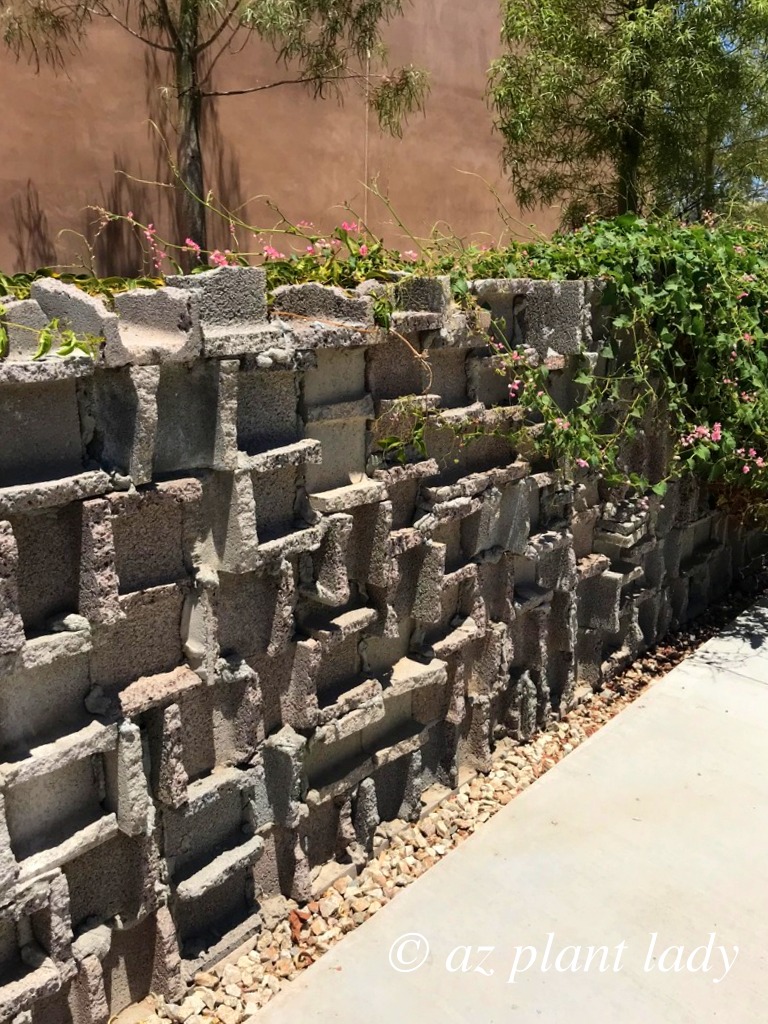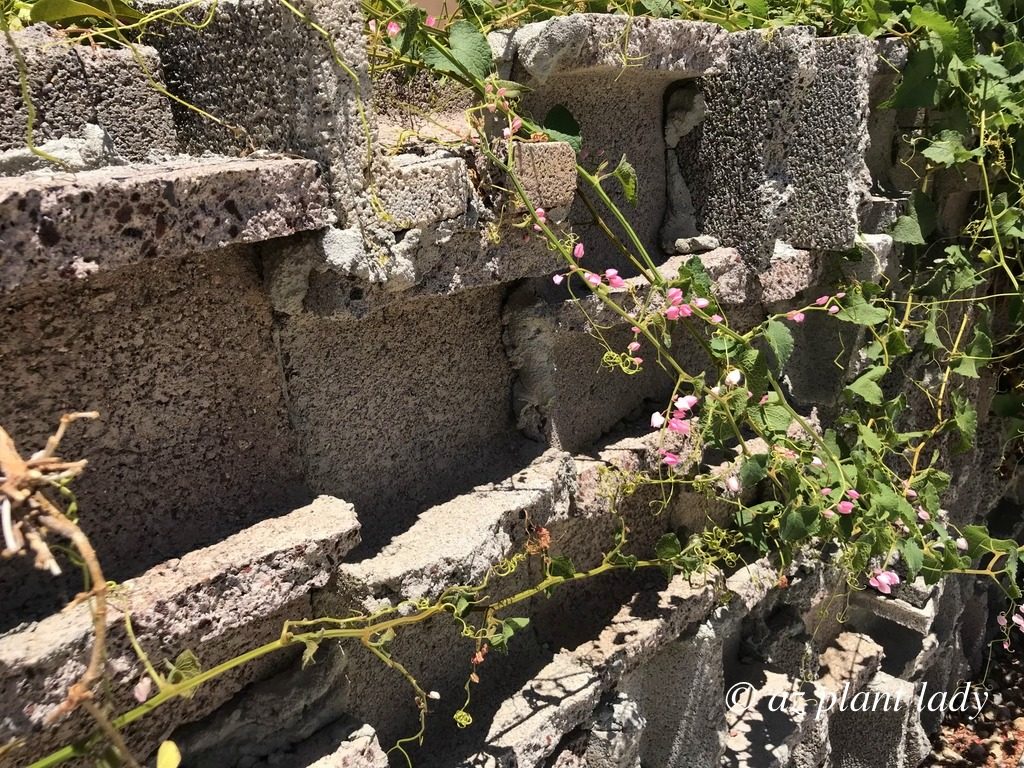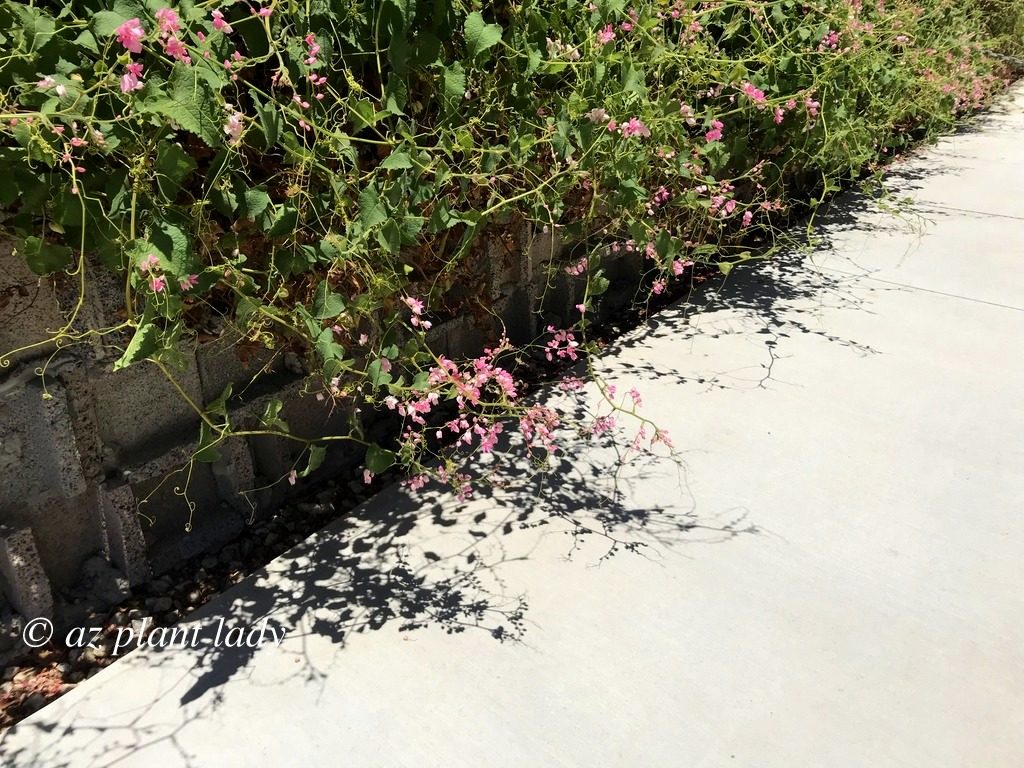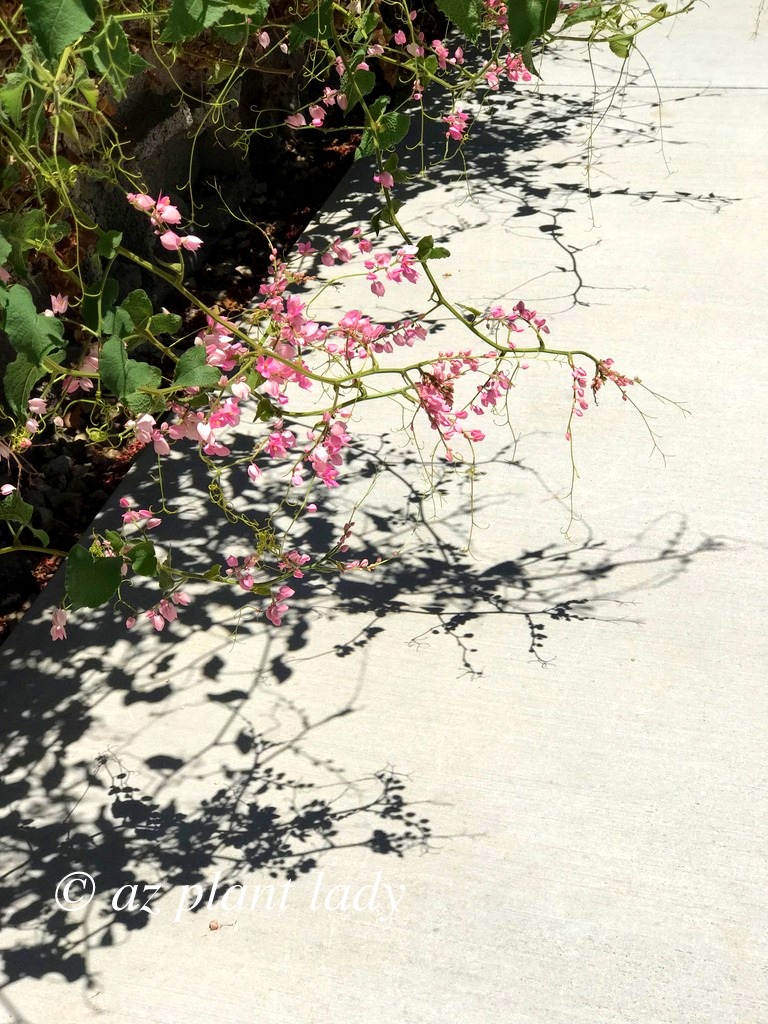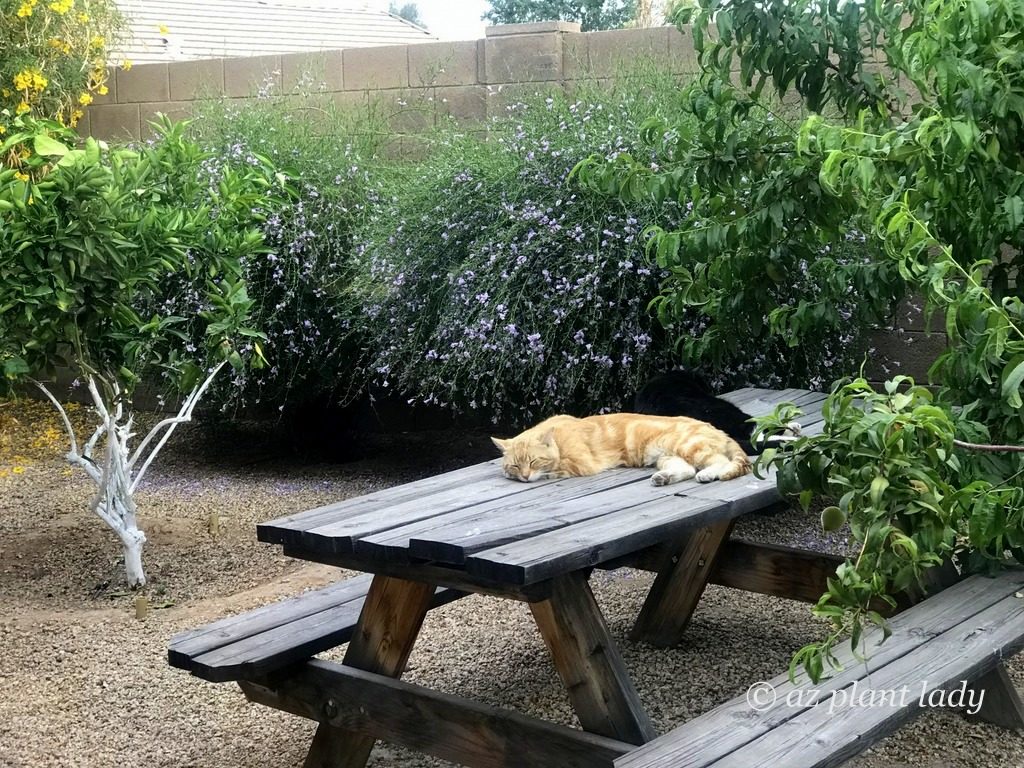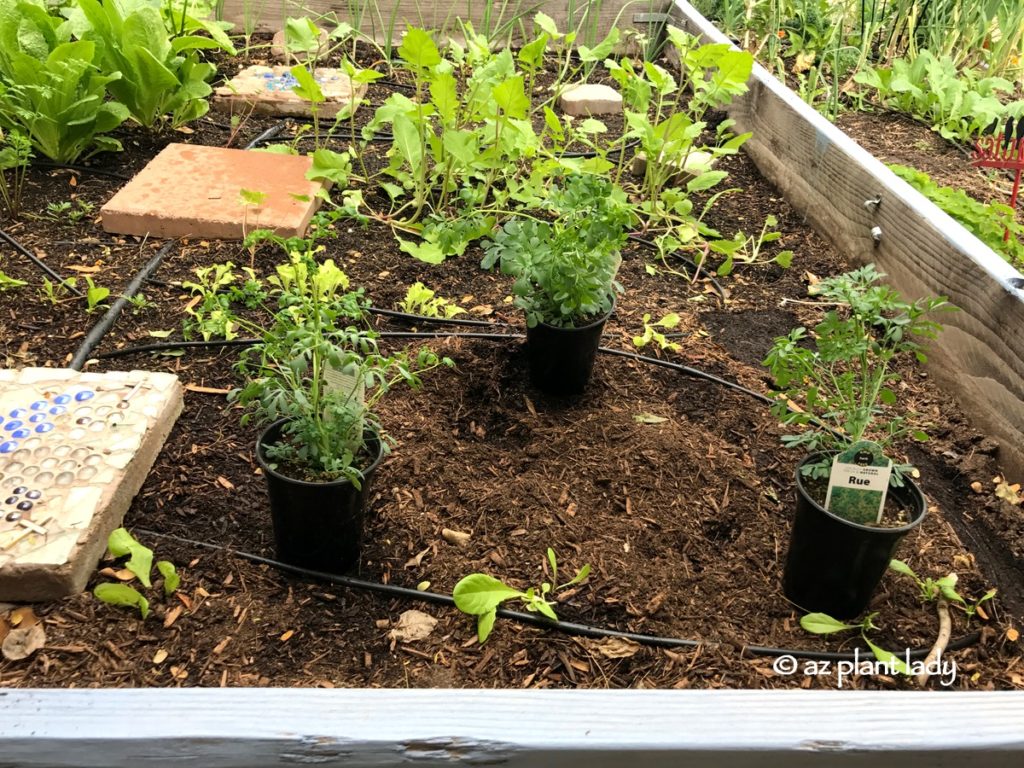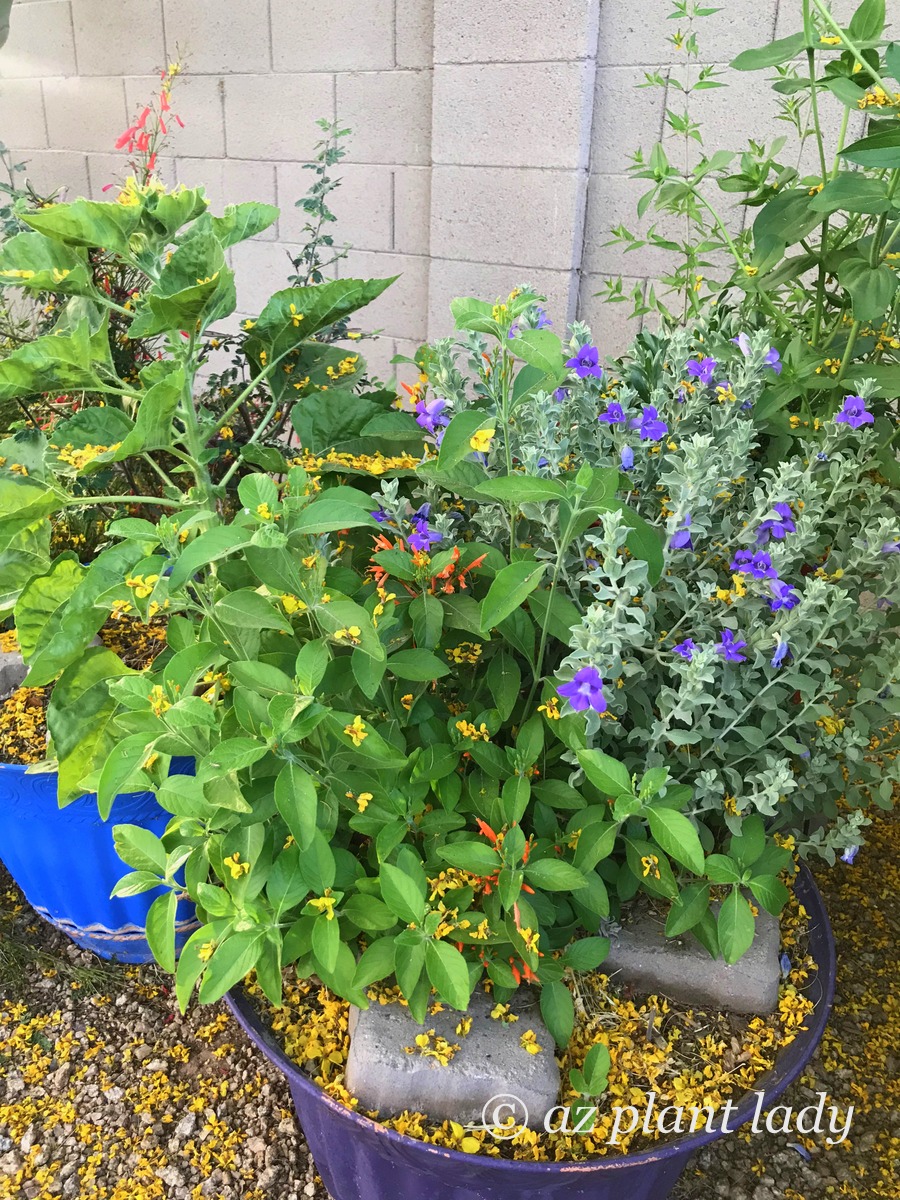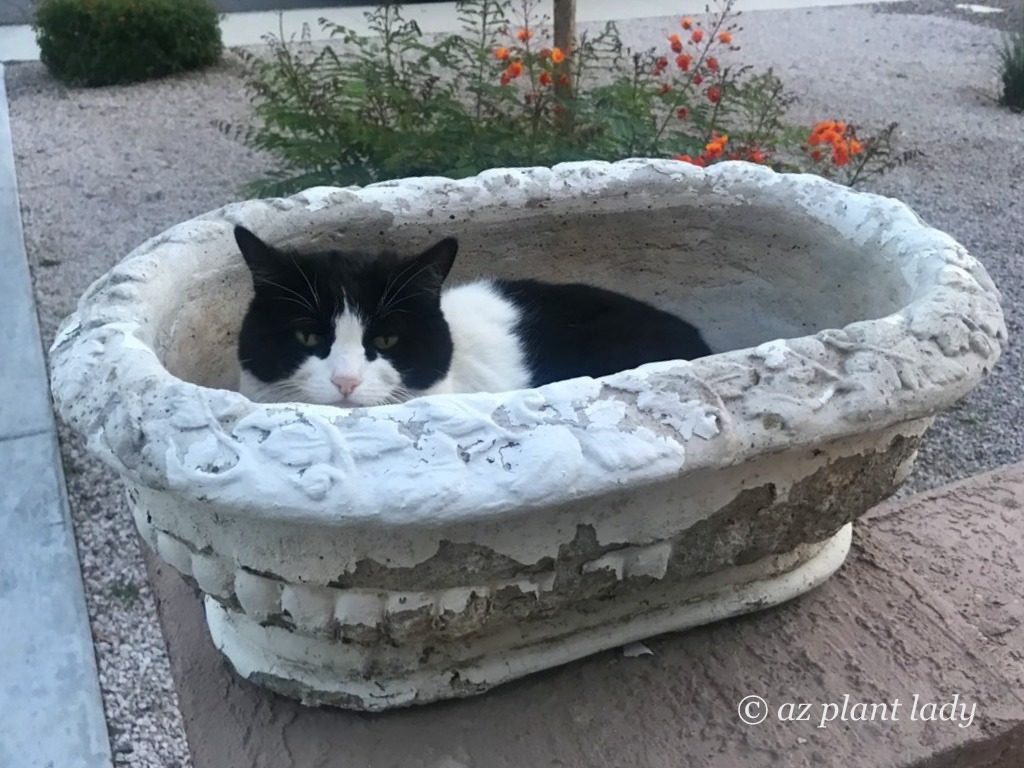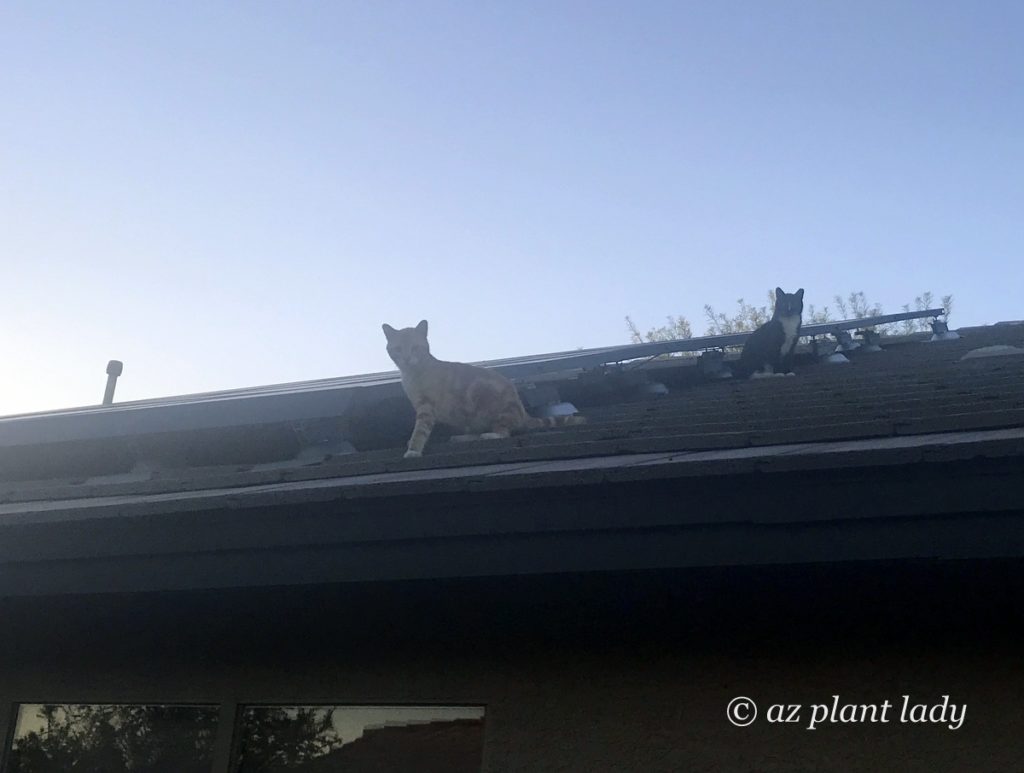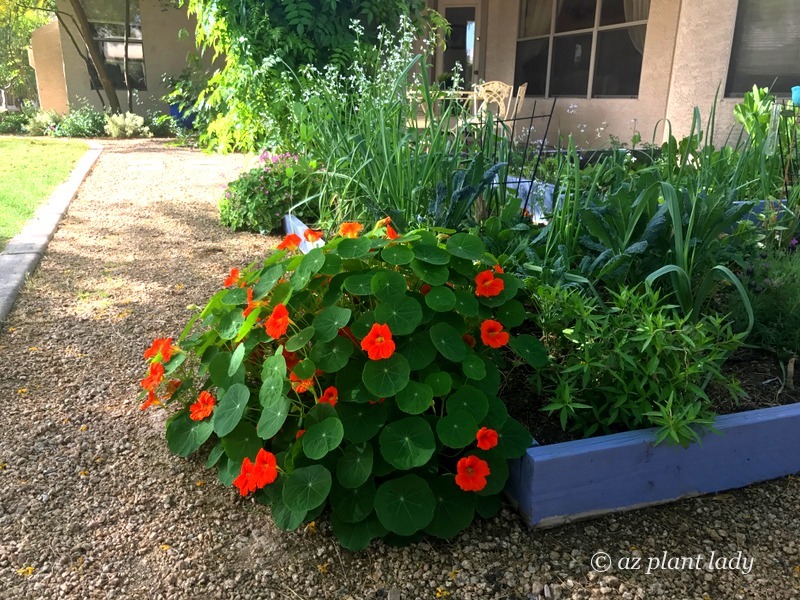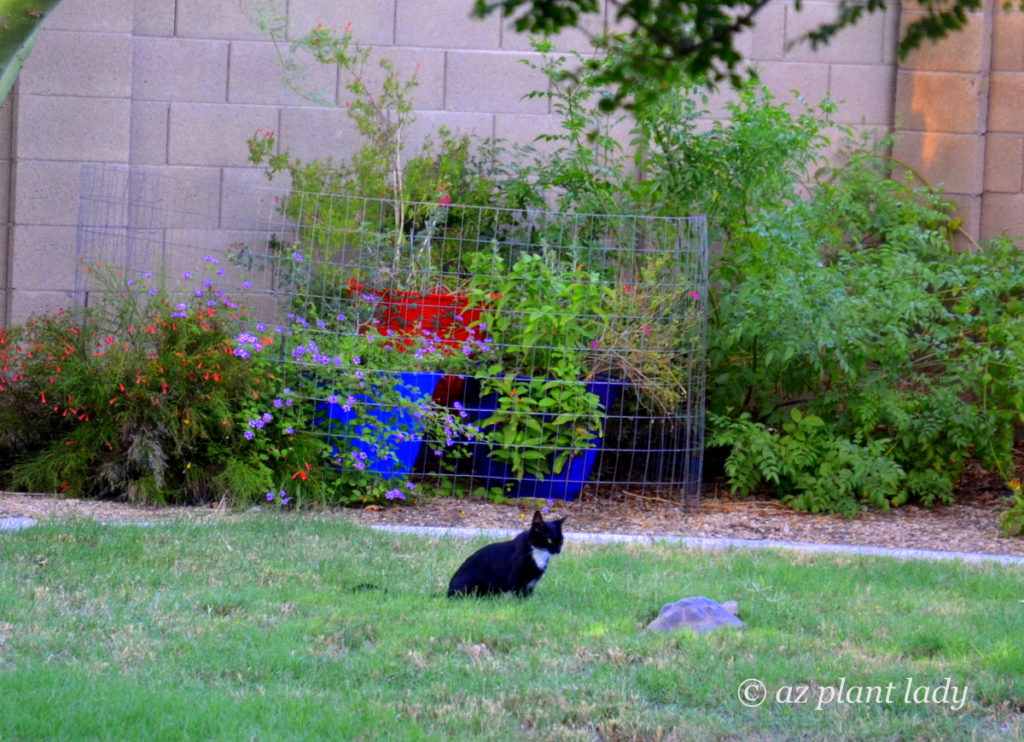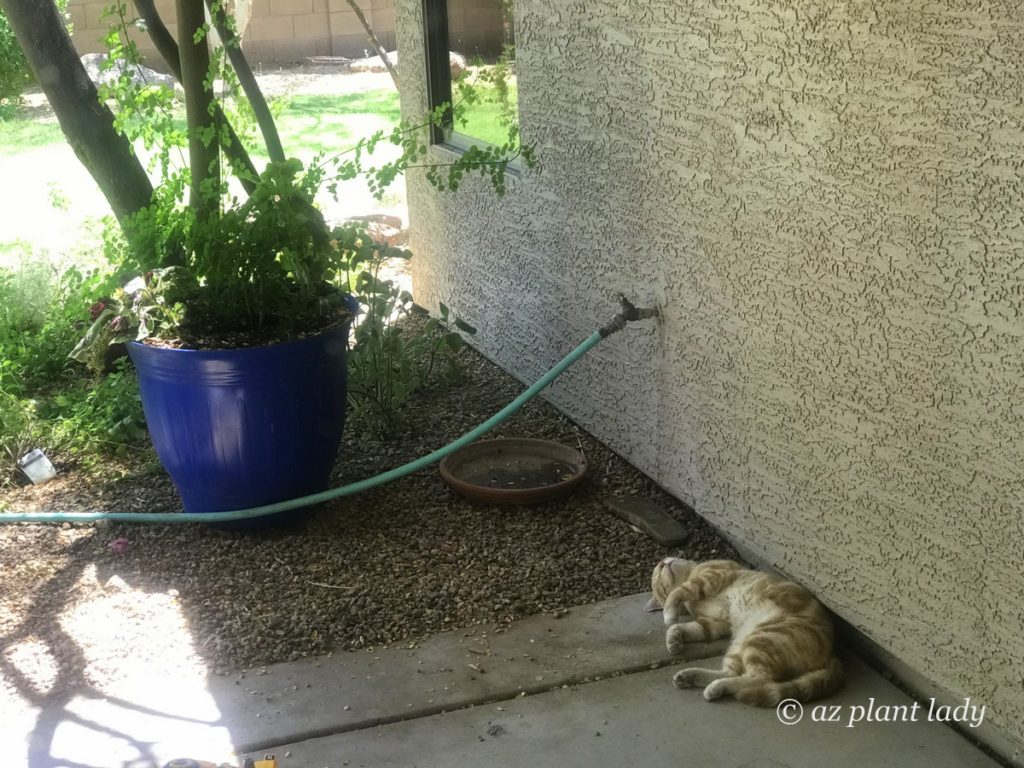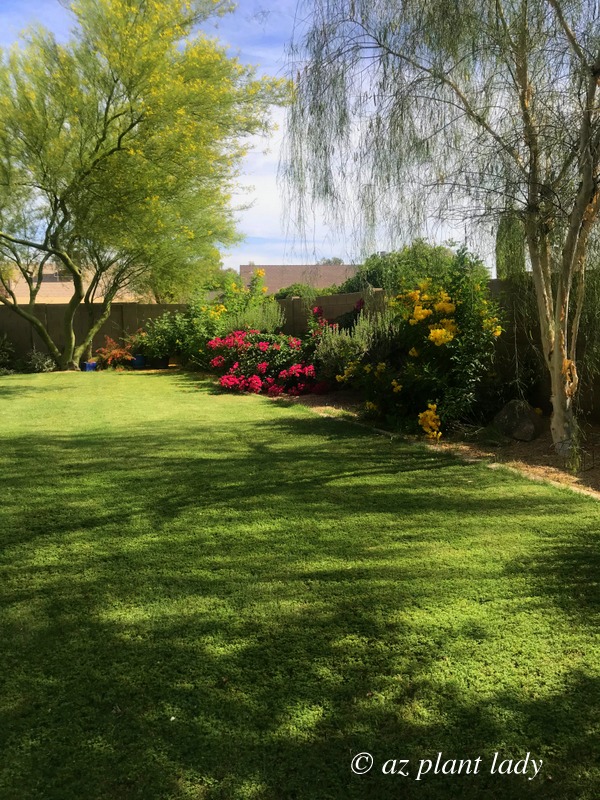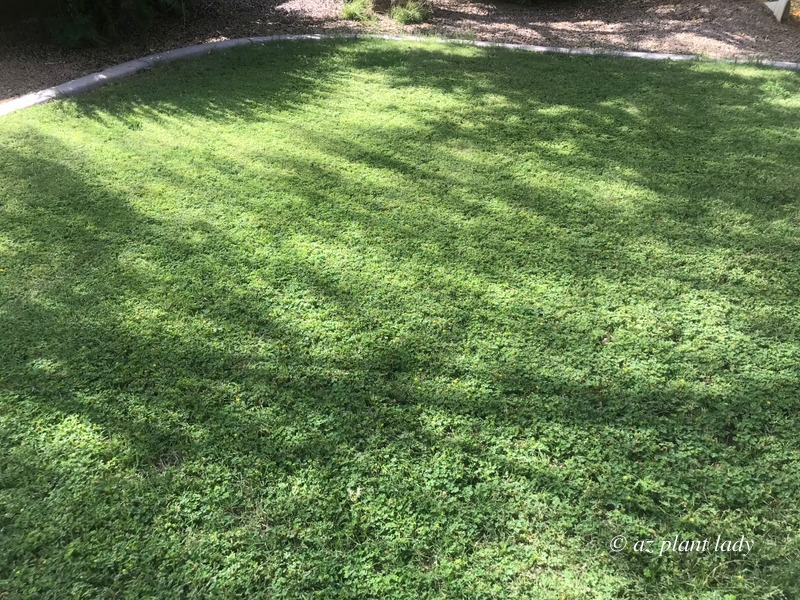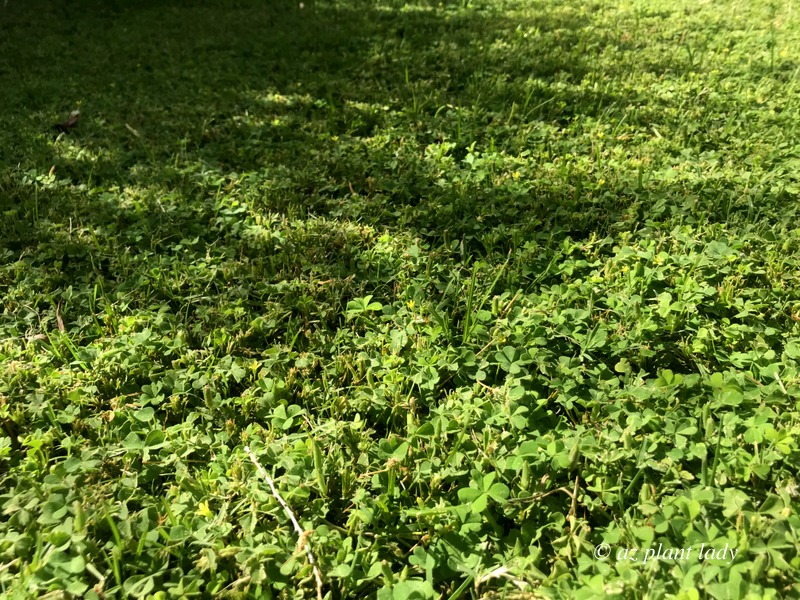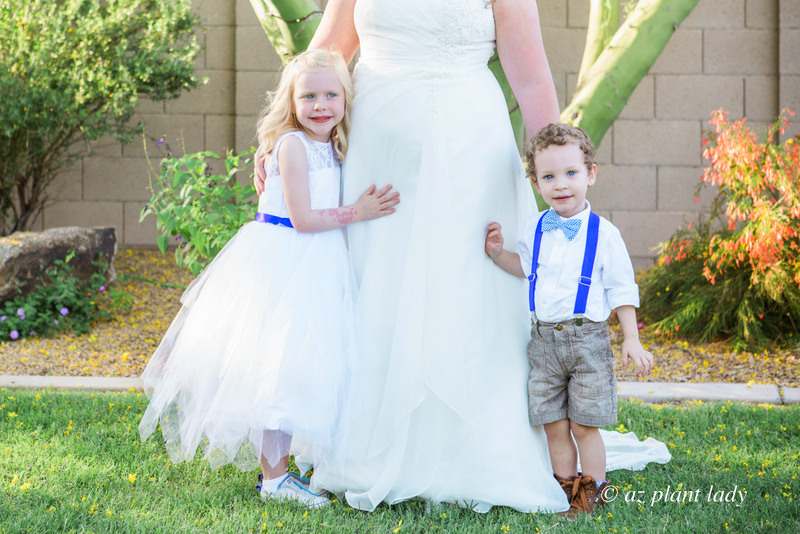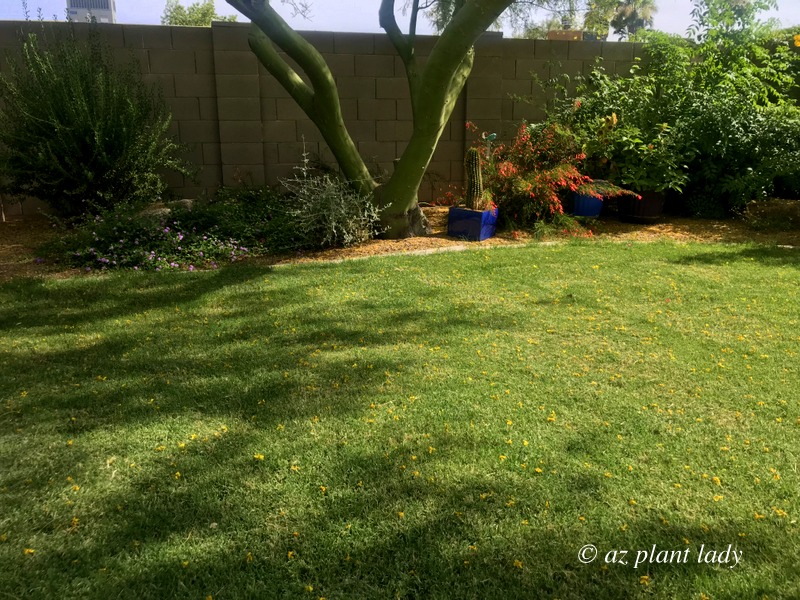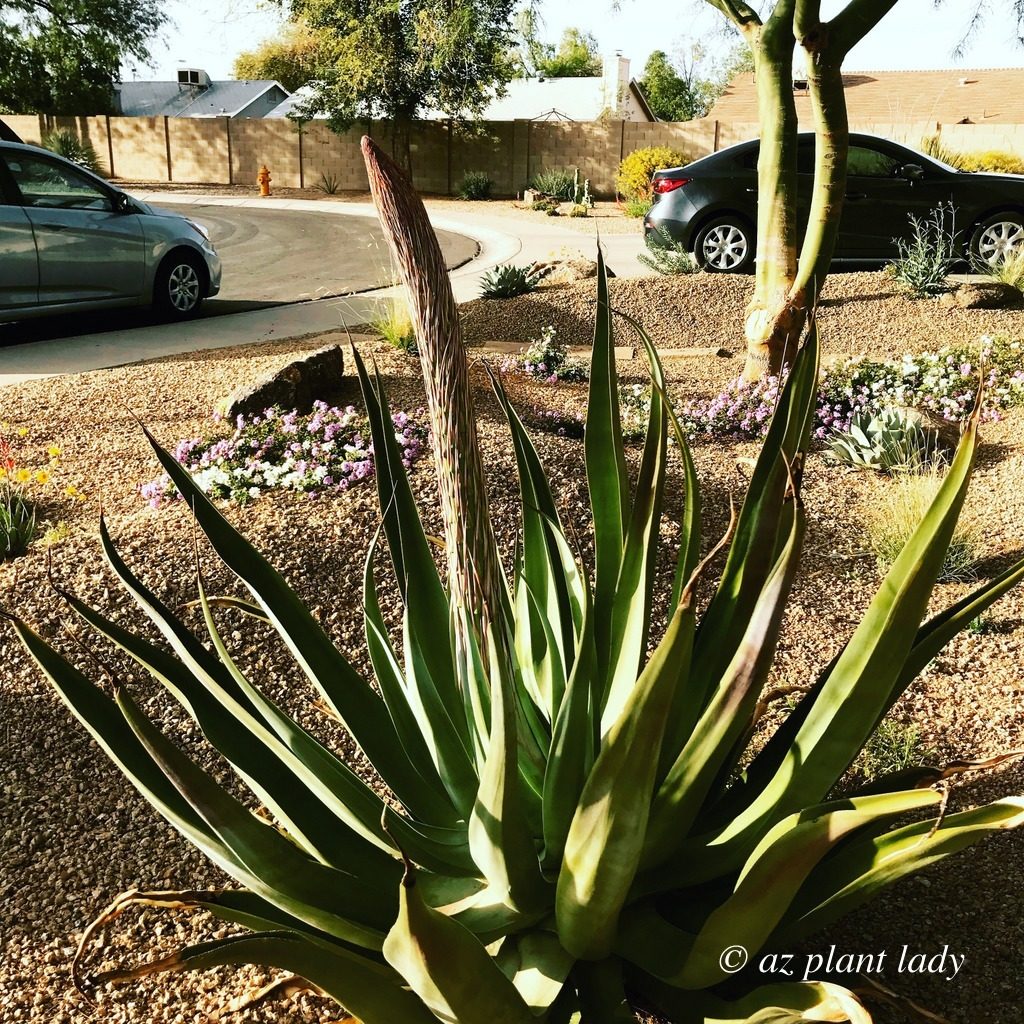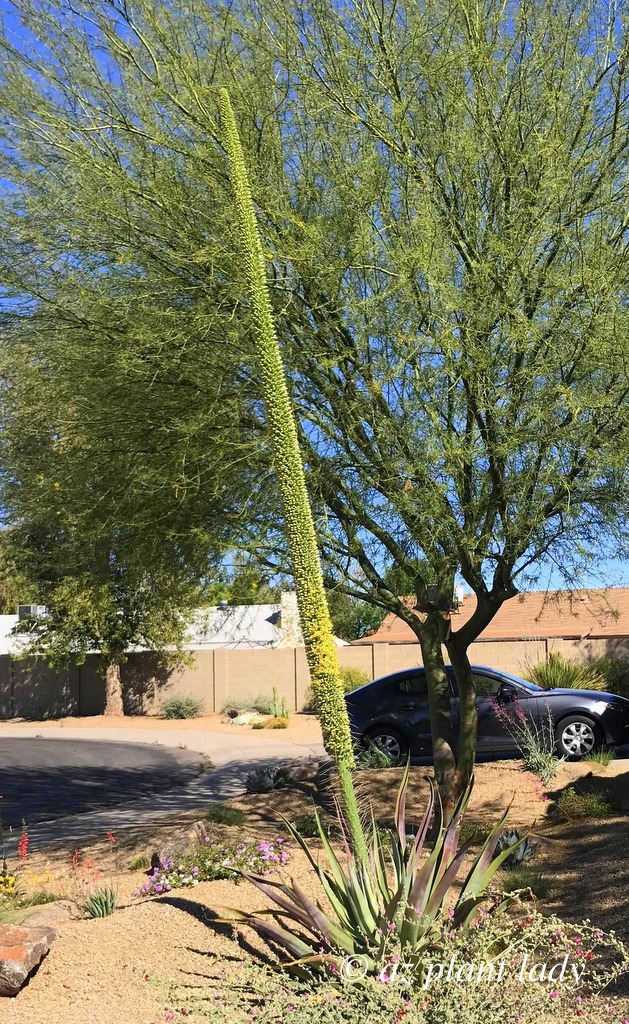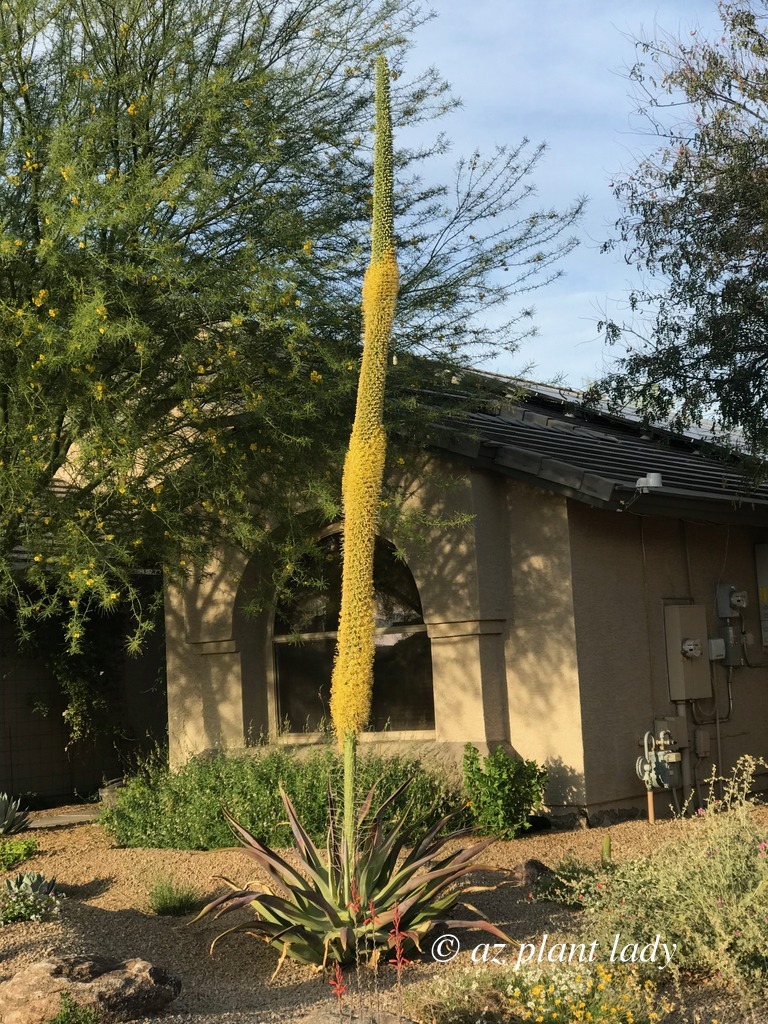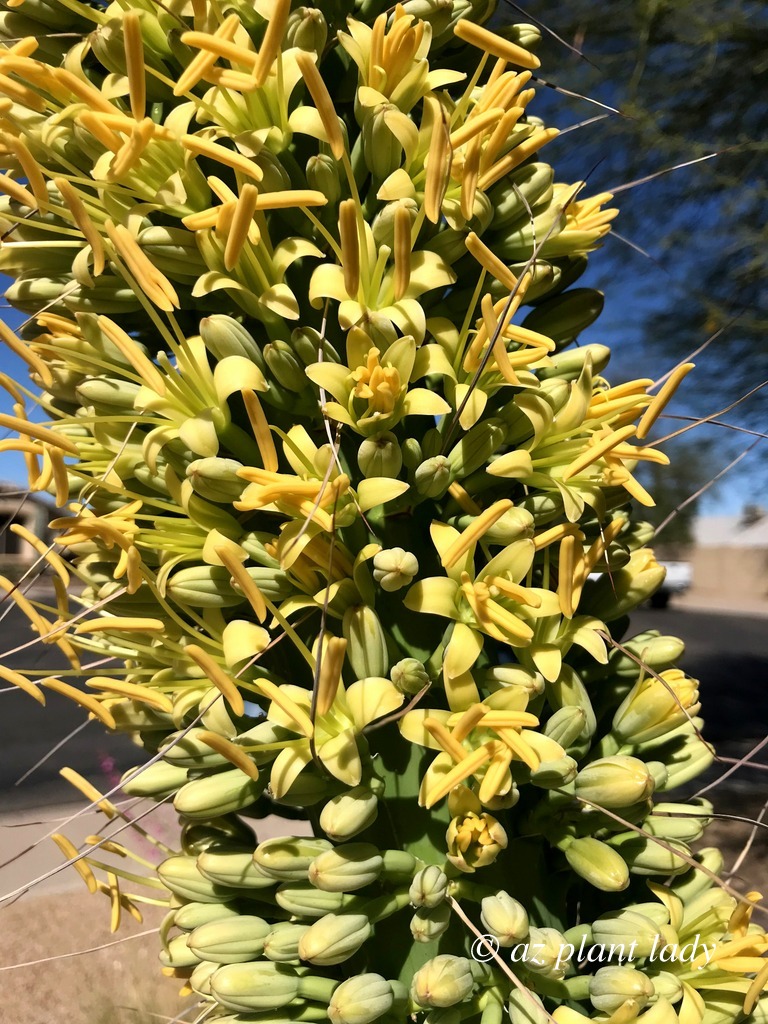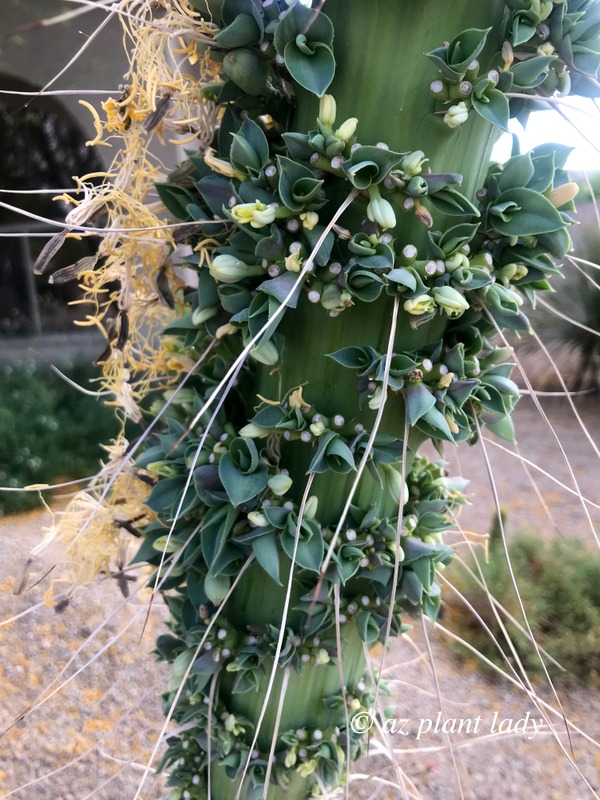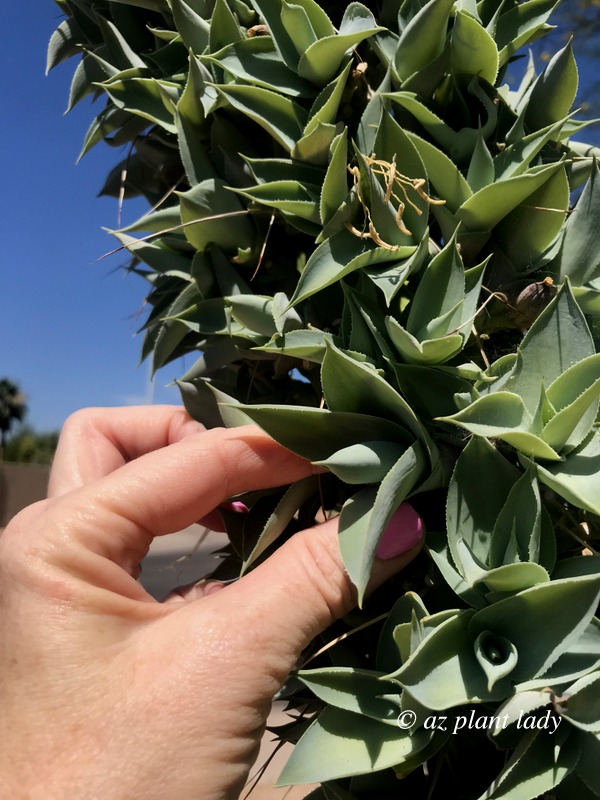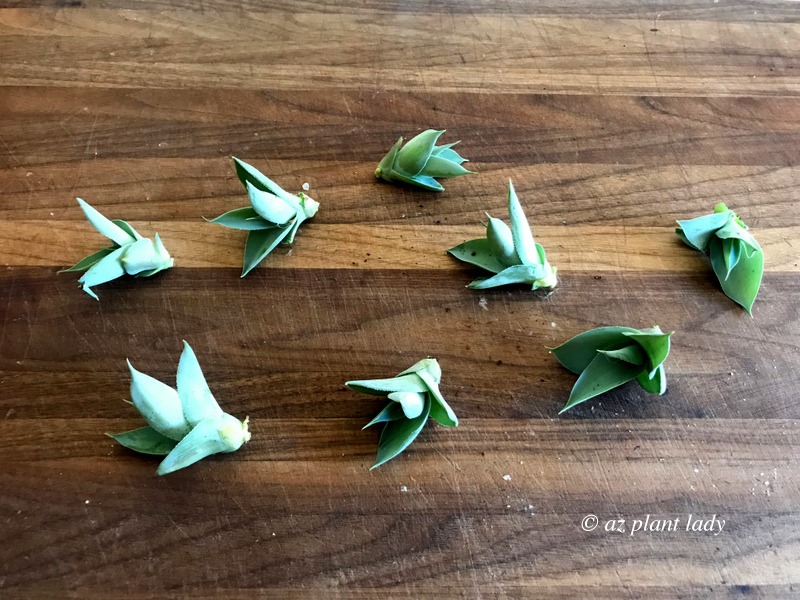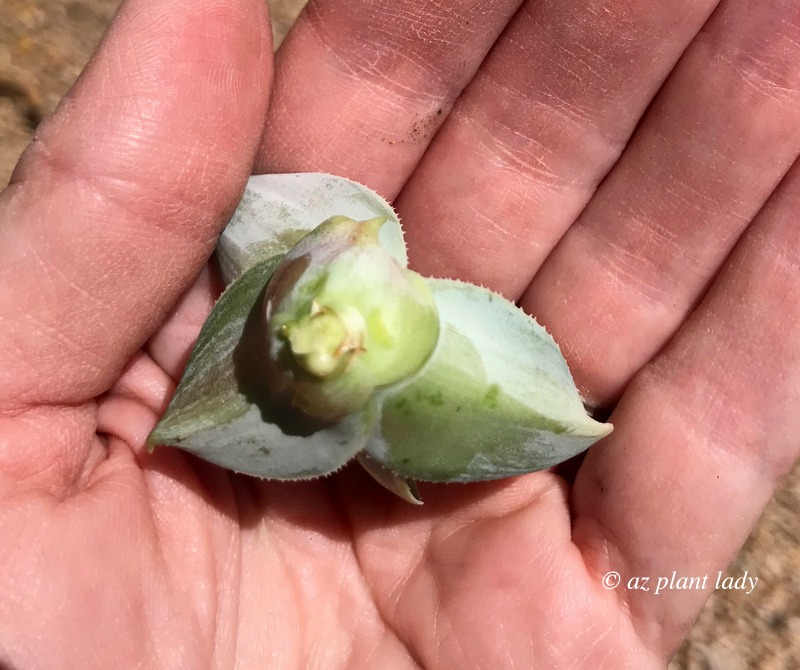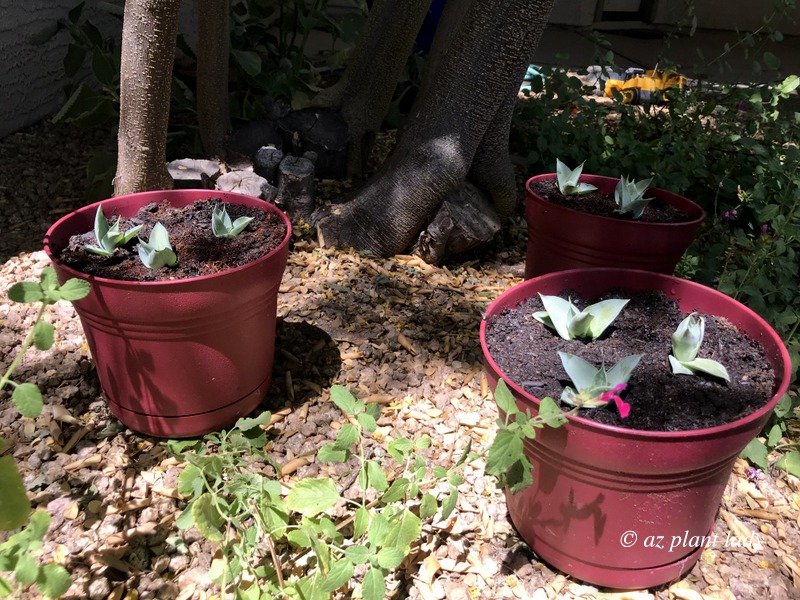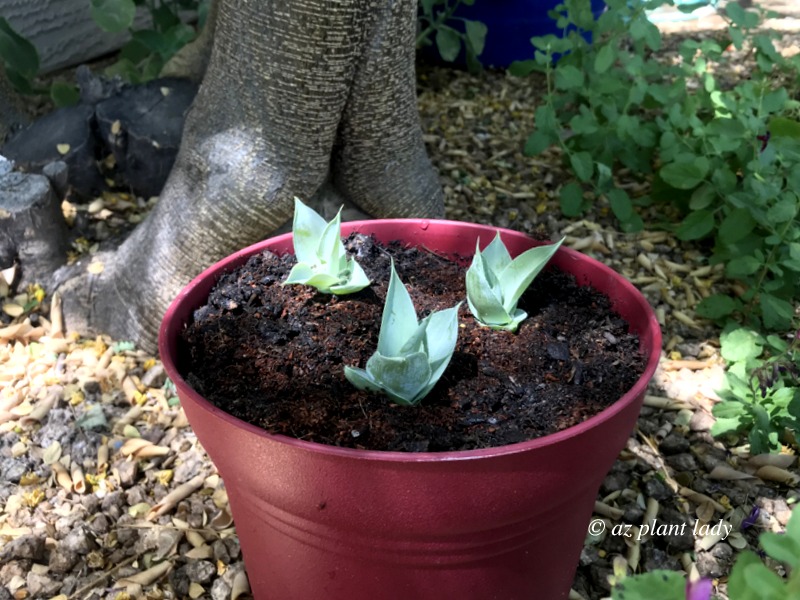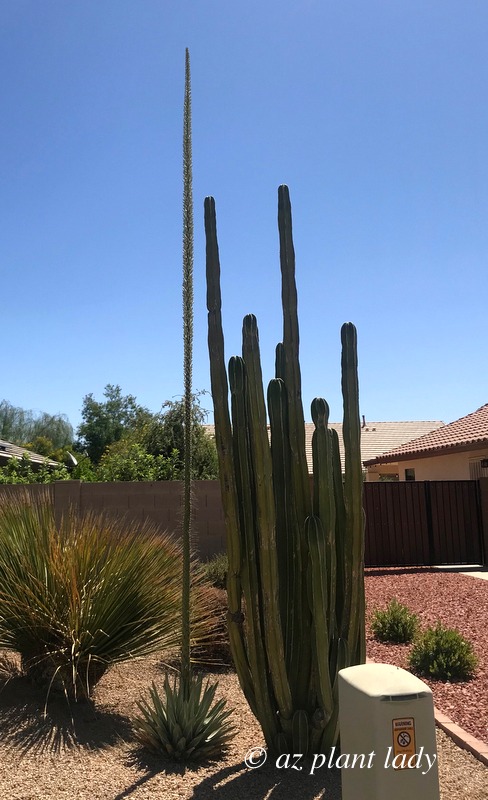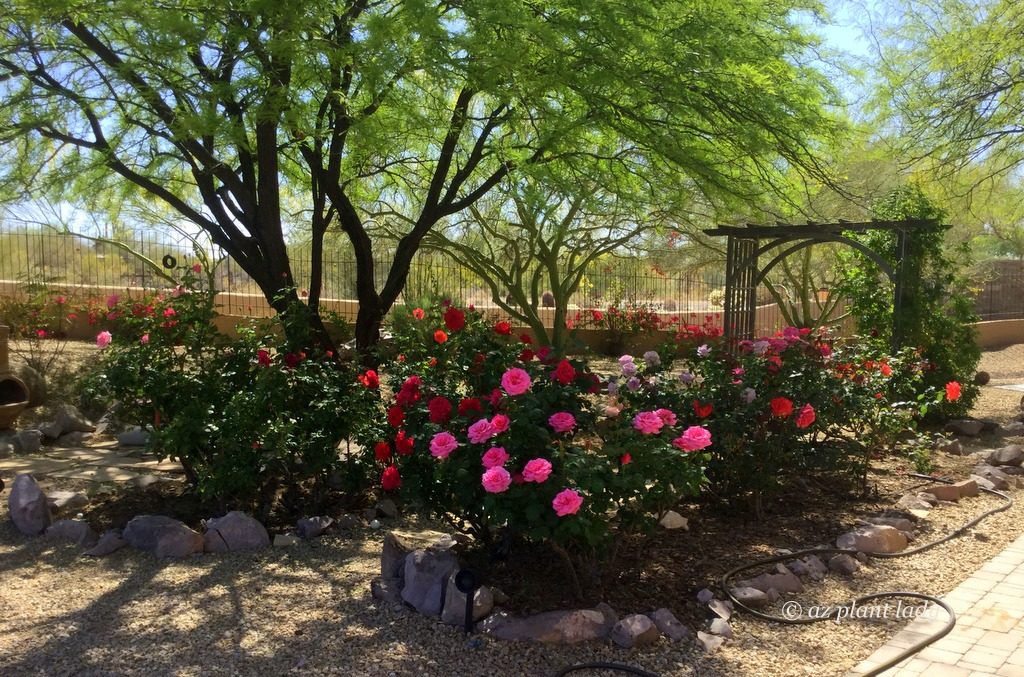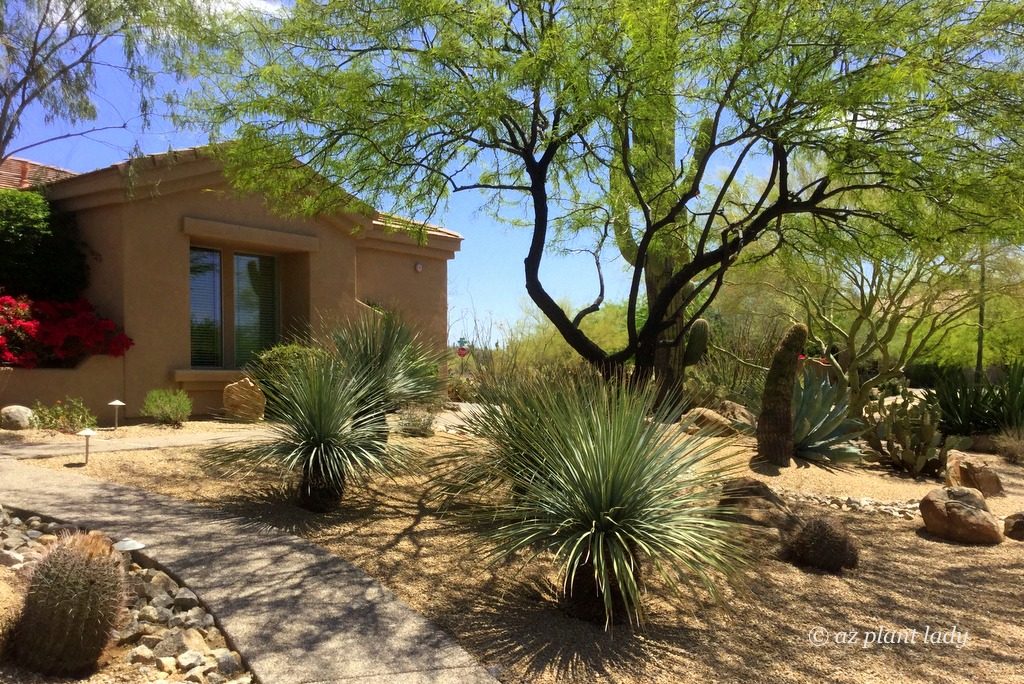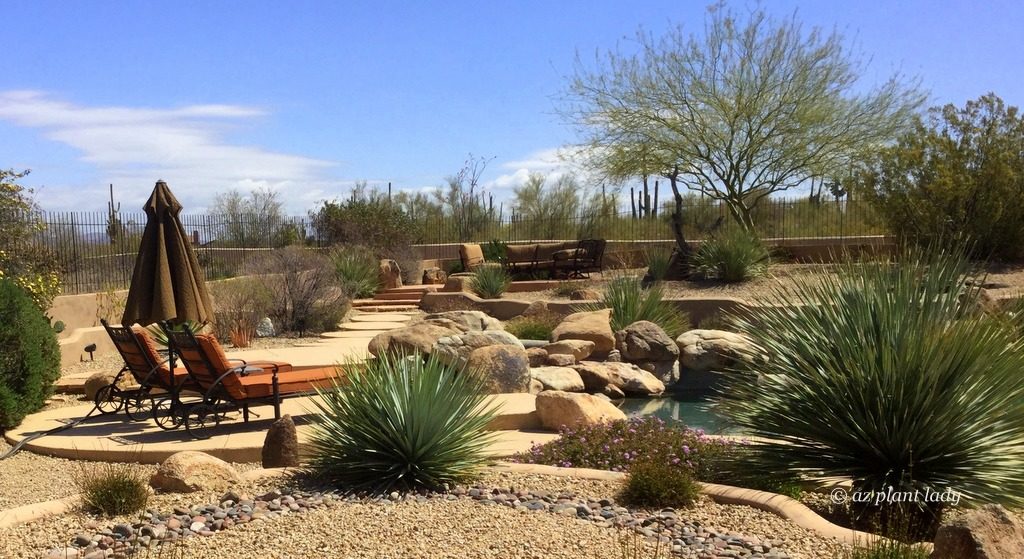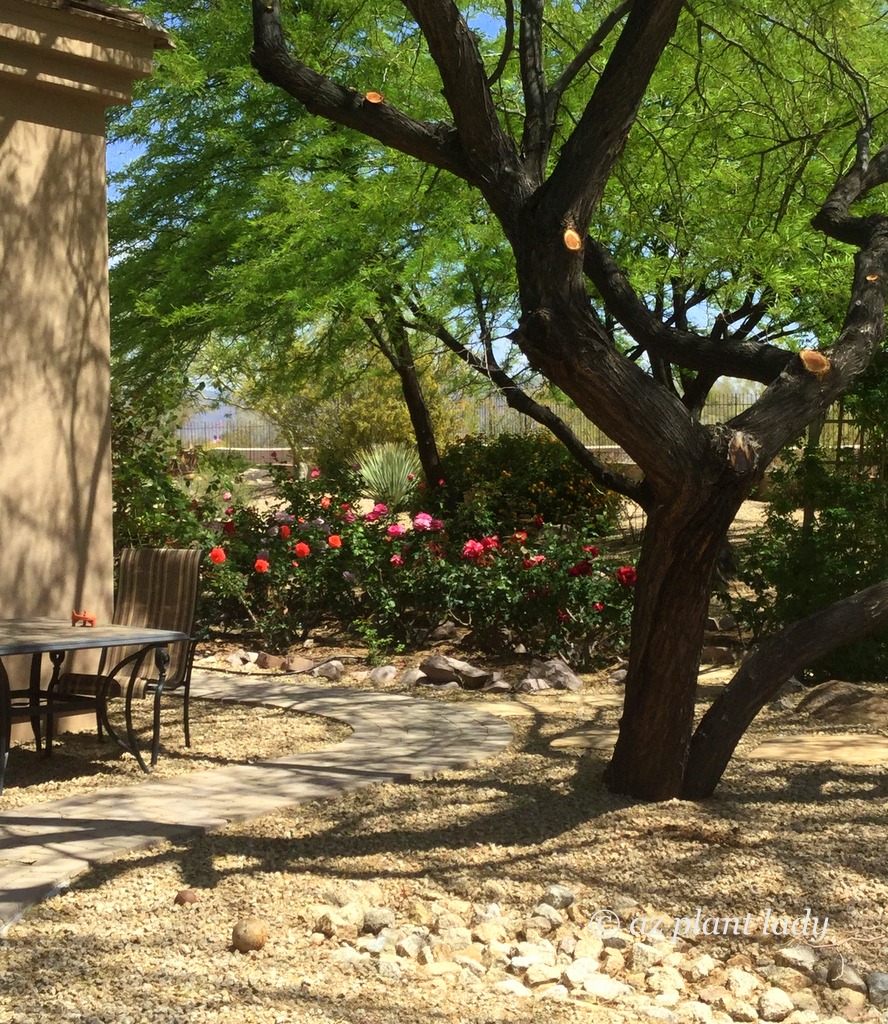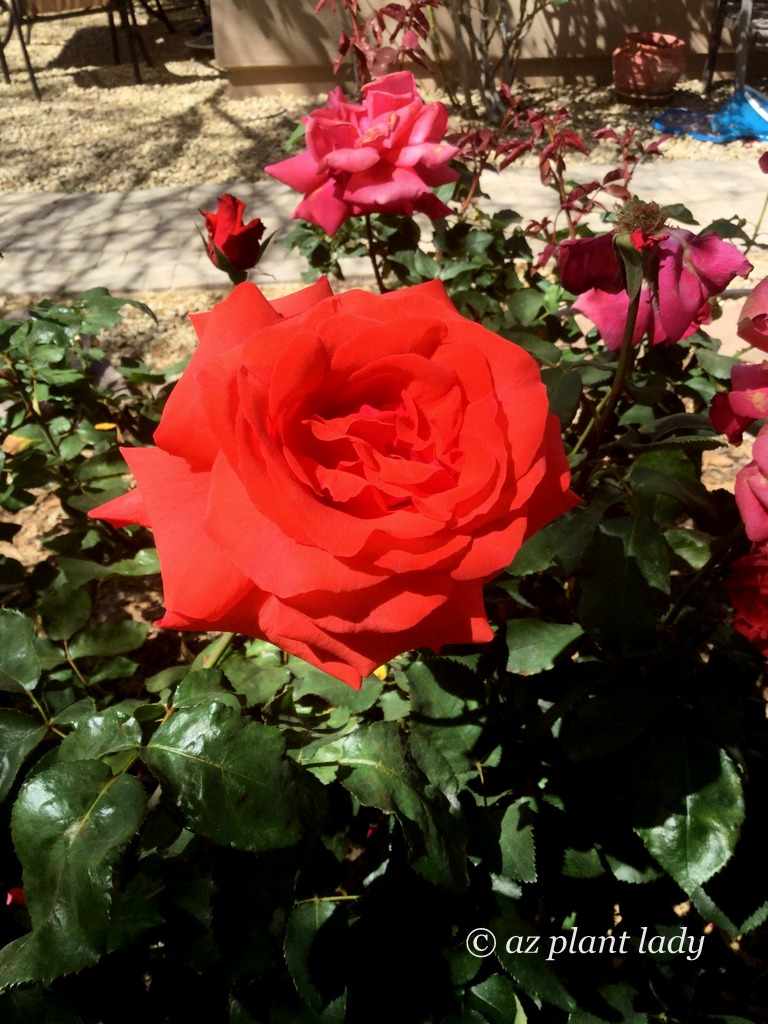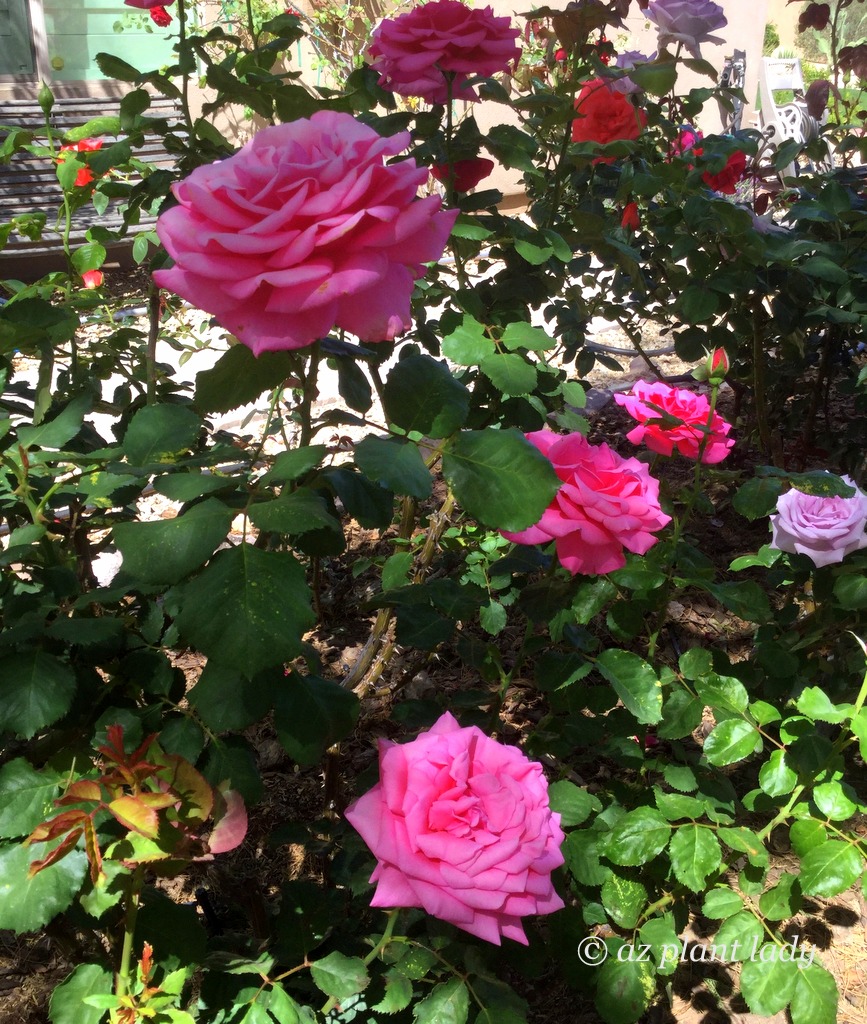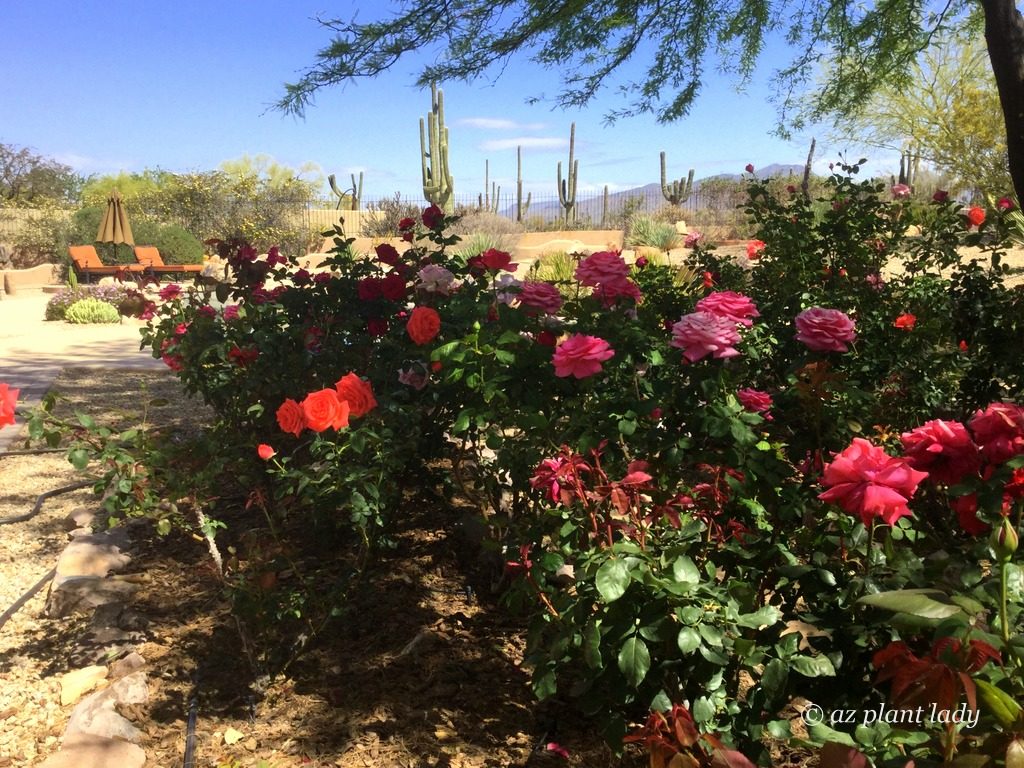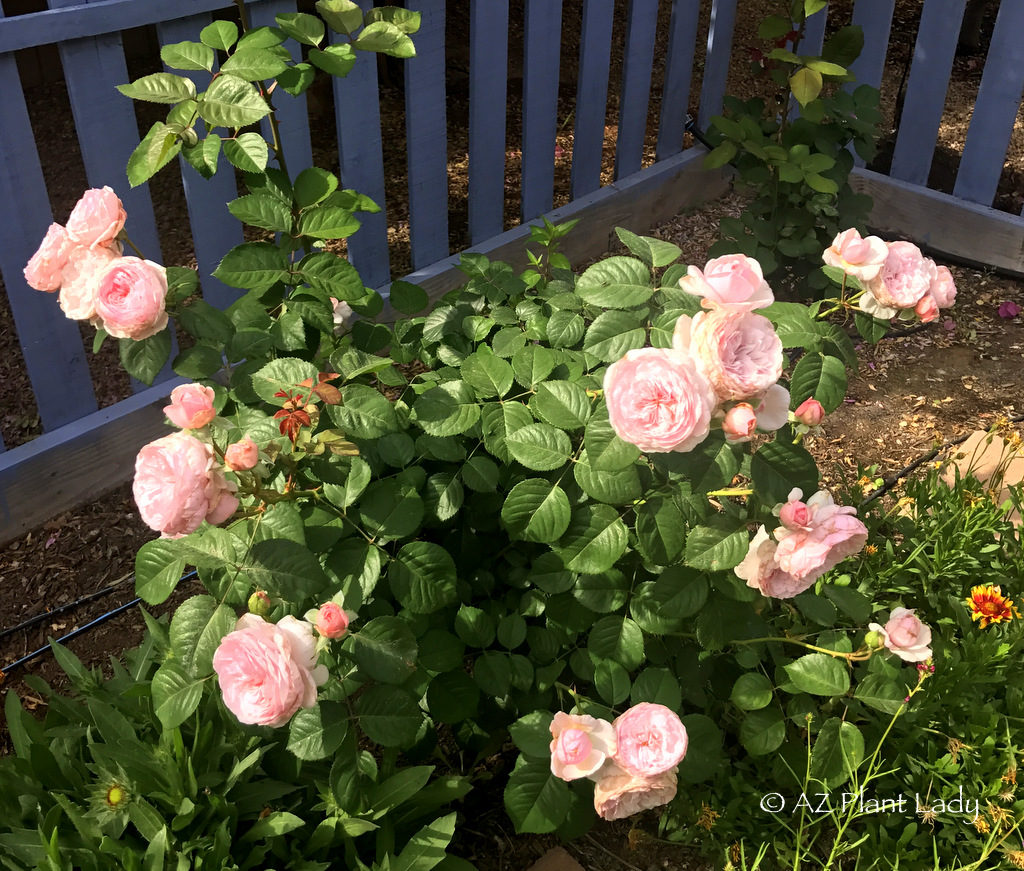
Olive Rose, one of David Austin’s recent introductions
Remembering David Austin: The ‘Godfather of English Roses’
Yesterday, the world lost a man who made a huge contribution to rose lovers all over the world. Called the ‘Godfather of English roses’ David Austin’s mission was to create a better rose that was more robust, had fewer disease and pest problems, but most of all, beautiful and incredibly fragrant.
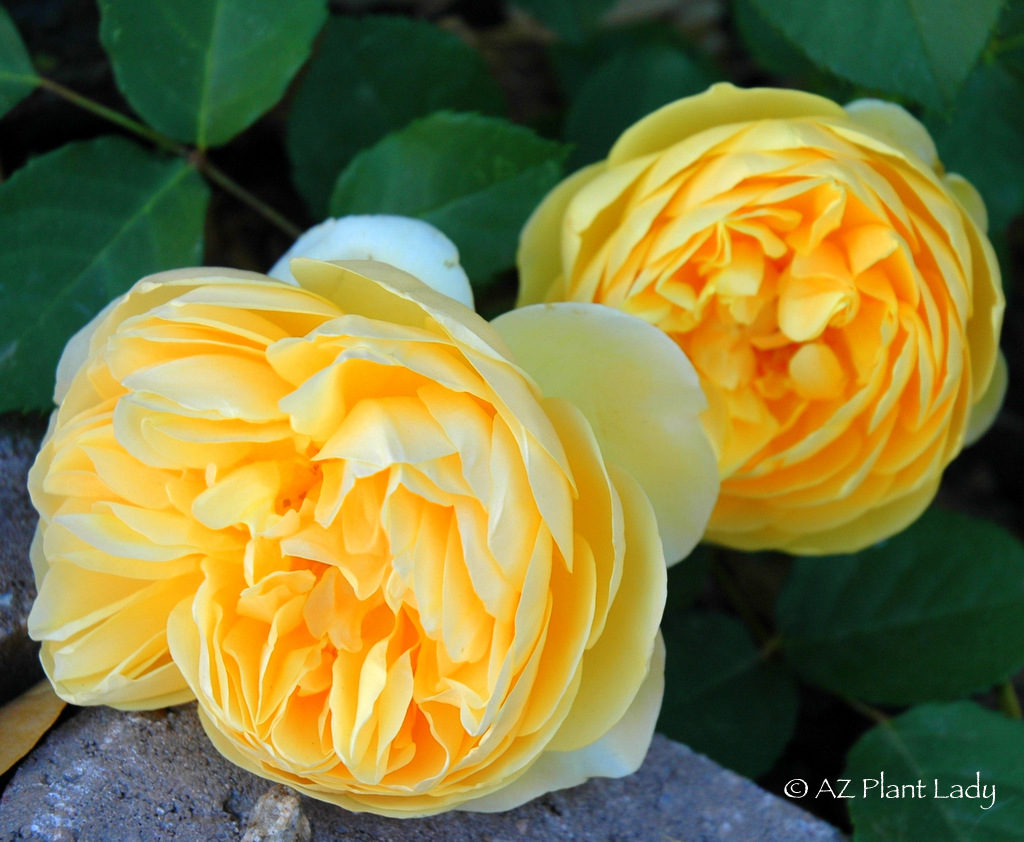
‘Graham Thomas’ is one of his most popular creations
The Impact of David Austin Roses
For a man that I’ve never met, David Austin has a big impact on my love for gardening. Roses were the first plant that I fell in love with and inspired me to become a horticulturist. At one point, I had forty hybrid tea roses growing in my Phoenix garden. While they were beautiful, they took a lot of work to keep them that way. Pests and fungal disease were things that I had to deal with and though my roses were very pretty, not all were fragrant.
The Beauty of David Austin Roses
I planted my first David Austin roses in 1993 and soon became convinced that this was truly a better breed of roses. I never had to worry about aphids, blackspot or powdery mildew, all of which, are common problems with growing roses. The unique beauty of the roses comes from David Austin using old-fashioned roses for their sturdiness and disease resistance with more fragrant roses that bloom often. The result are roses that are low-maintenance while also exceptionally beautiful and fragrant.

‘Darcey Bussell’ is one of the newer David Austin varieties in my garden
A Royal Connection
Today, my rose garden is made up almost exclusively of David Austin roses. While I never met him in person, I have met several of the individuals who work for his family-run company. I heard a fun story about David from a member of his company who told the story of David Austin and Queen Elizabeth. At the Chelsea Flower Show, David Austin’s roses were on full display and he was present as well. The Queen came to visit and he flirted openly with her and she seemed to enjoy the attention of this charming old gentleman. I must say, it takes courage to flirt with the Queen of England.
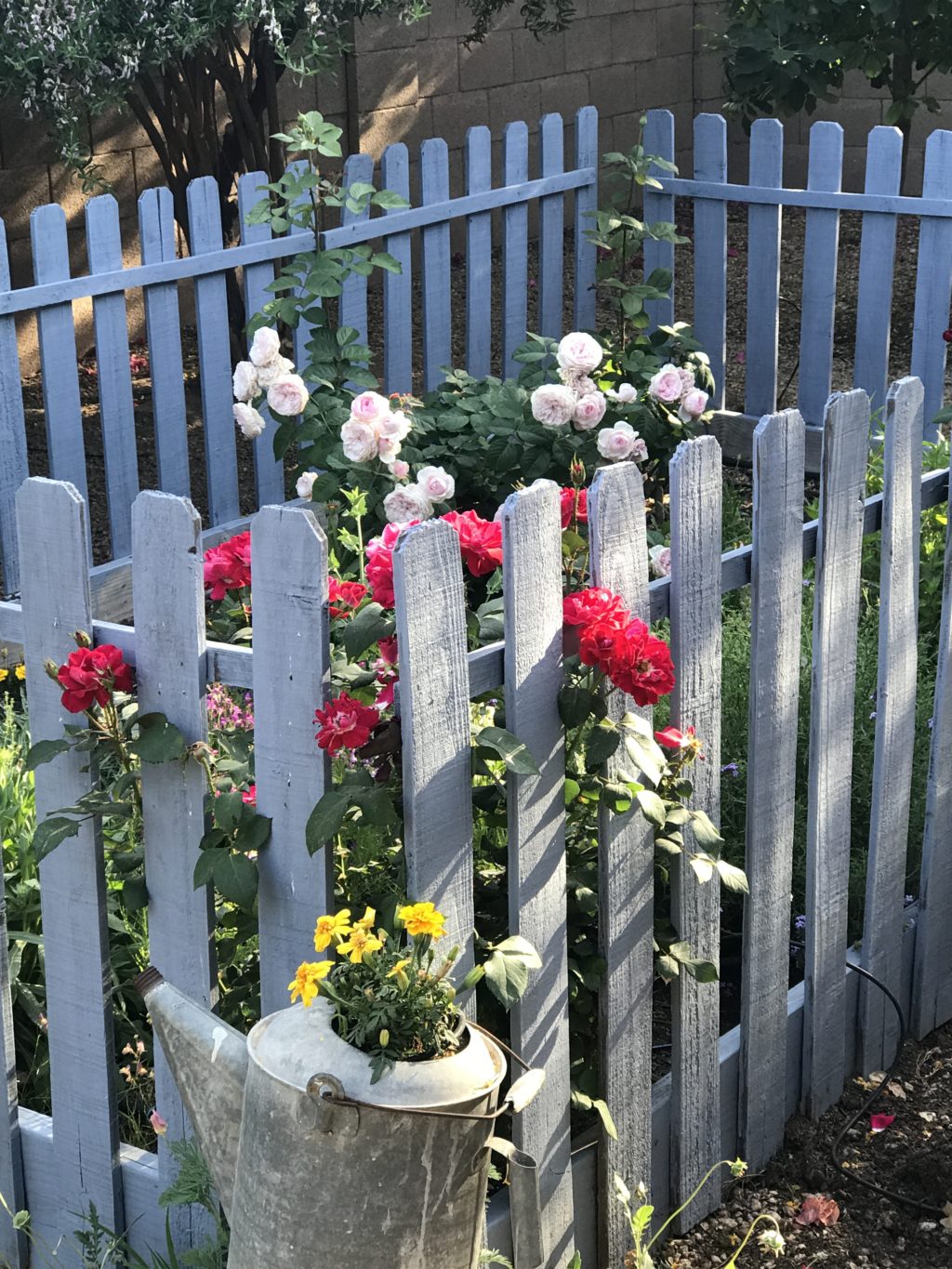
My rose garden
Growing David Austin Roses in the Desert
In my Arizona garden, I test several of their newest roses for the David Austin Rose company in my rose garden. Each year, they send me new ones to try out and then I give them my feedback. The company wants to know how they will perform in the low-desert heat and I must say that almost all of the ones that I’ve grown do very well.
Here is a list of those that I have grown and recommend for the desert garden:
- Abraham Darby
- Darcey Bussell
- Graham Thomas
- Olivia Rose
- Juliet
*I also have ‘Ancient Mariner’ and ‘Lady of Sharlot’ growing. I’m still waiting to see how they do as they have only been in the garden for a year and I find that it takes a little longer than that to see how well they will do.
If I had to pick two favorites, they would be ‘Darcey Bussell’ and ‘Olivia Rose’. Both bloom well into summer, which is rare for roses grown in the desert.
Adding David Austin Roses to Your Garden
For people who want to add one of David Austin’s wonderful rose varieties to their garden, not all nurseries carry David Austin roses, although I know that Berridge Nursery in the Phoenix area does. However, they are easy to order online and they will be mailed to you at the proper planting time for your area, which for the low-desert garden is mid-December through February for bare root roses.
A Blooming Legacy
The family-run company will continue with his mission of creating beautiful, fragrant roses for the garden and I look forward to seeing what is coming next.
Have you ever grown a David Austin rose? Which one?
New Roses for the Desert Garden




